We were able to visit the Doge’s Palace early this morning before it opened to the general public. Herewith, some photos.



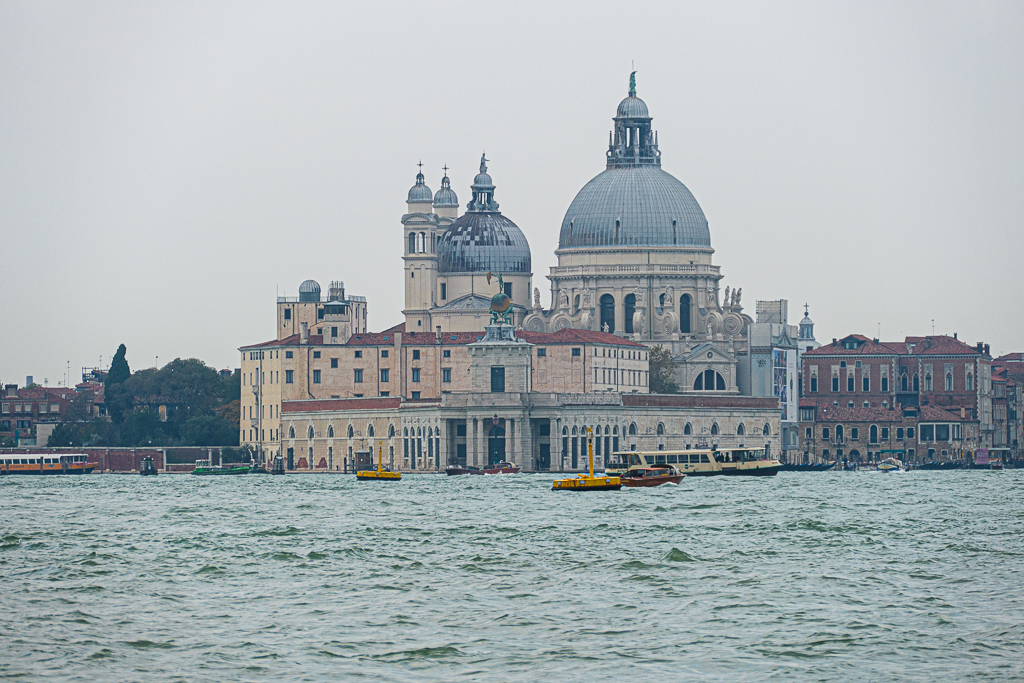

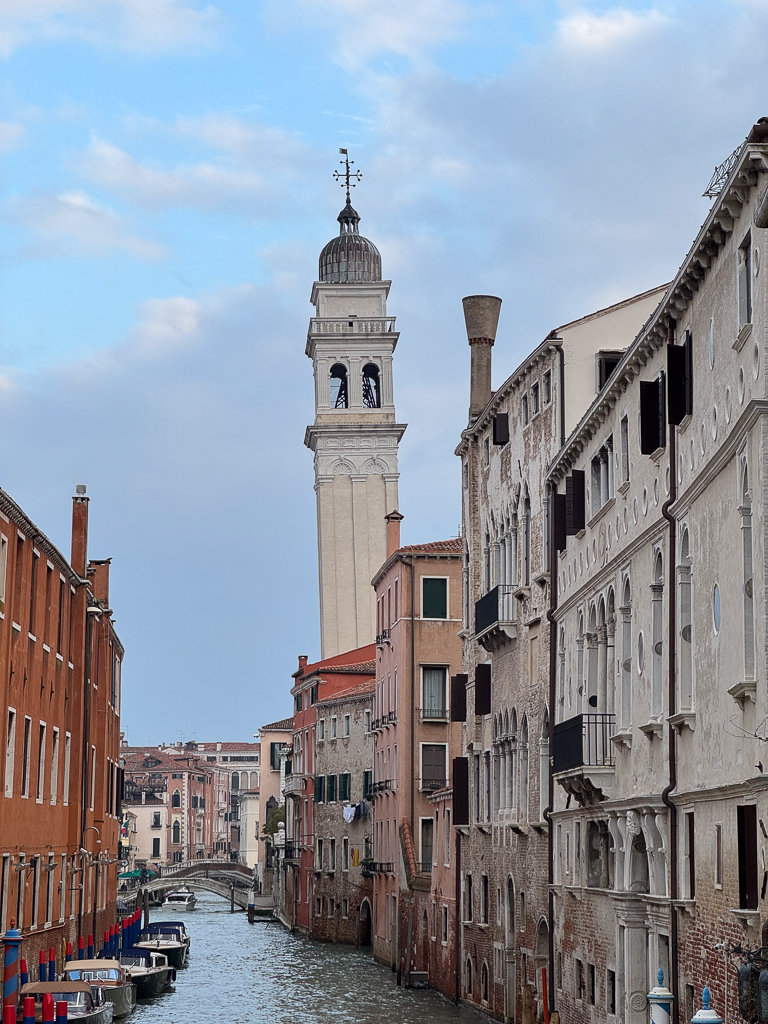





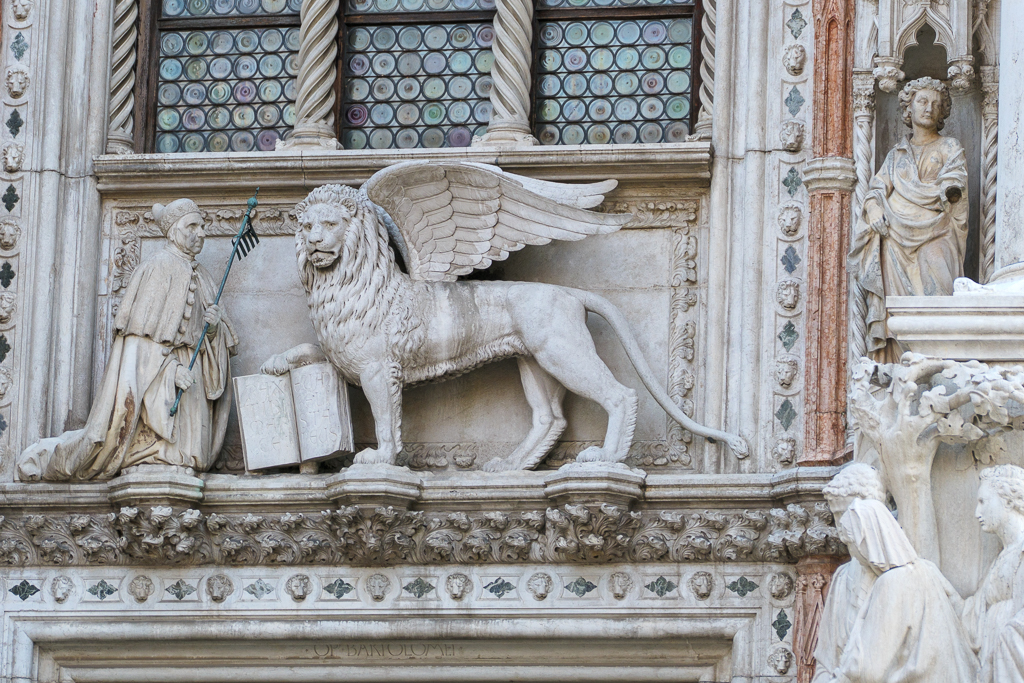

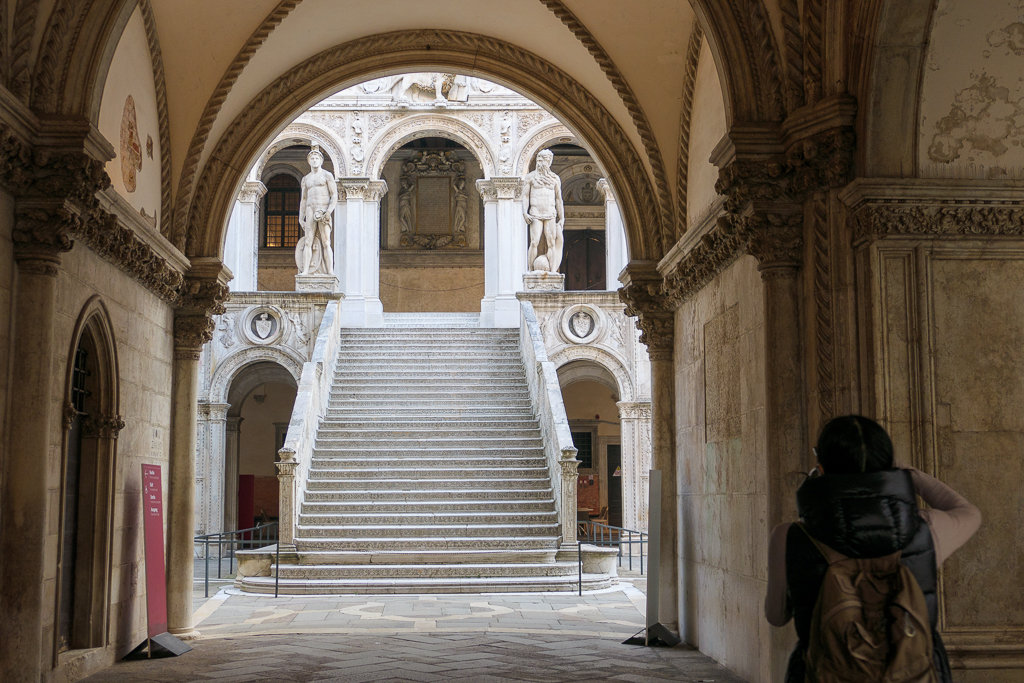
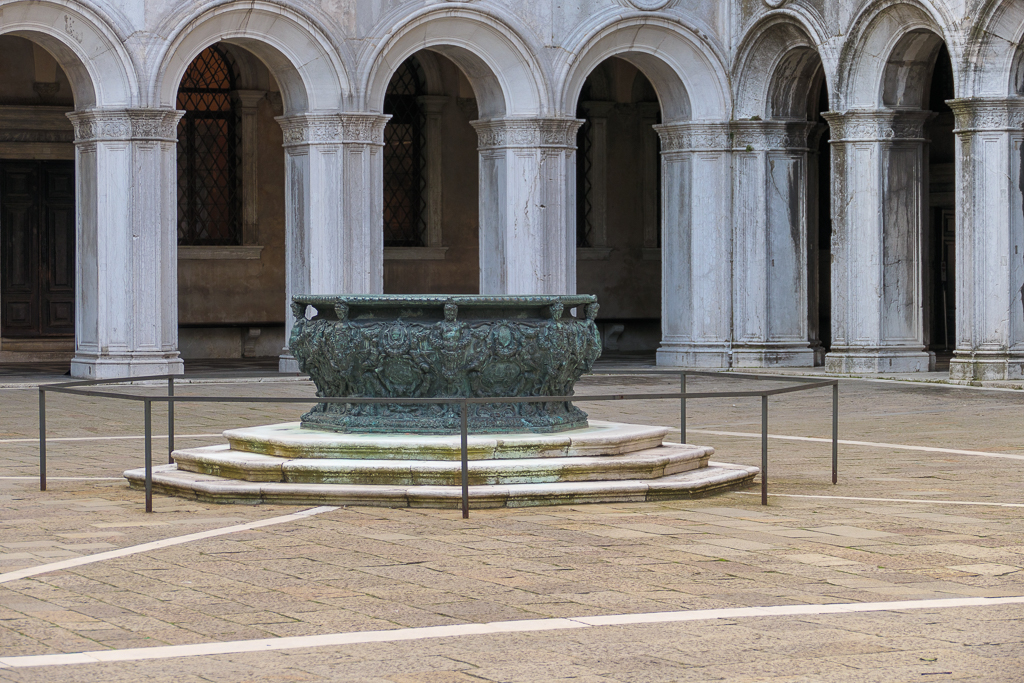




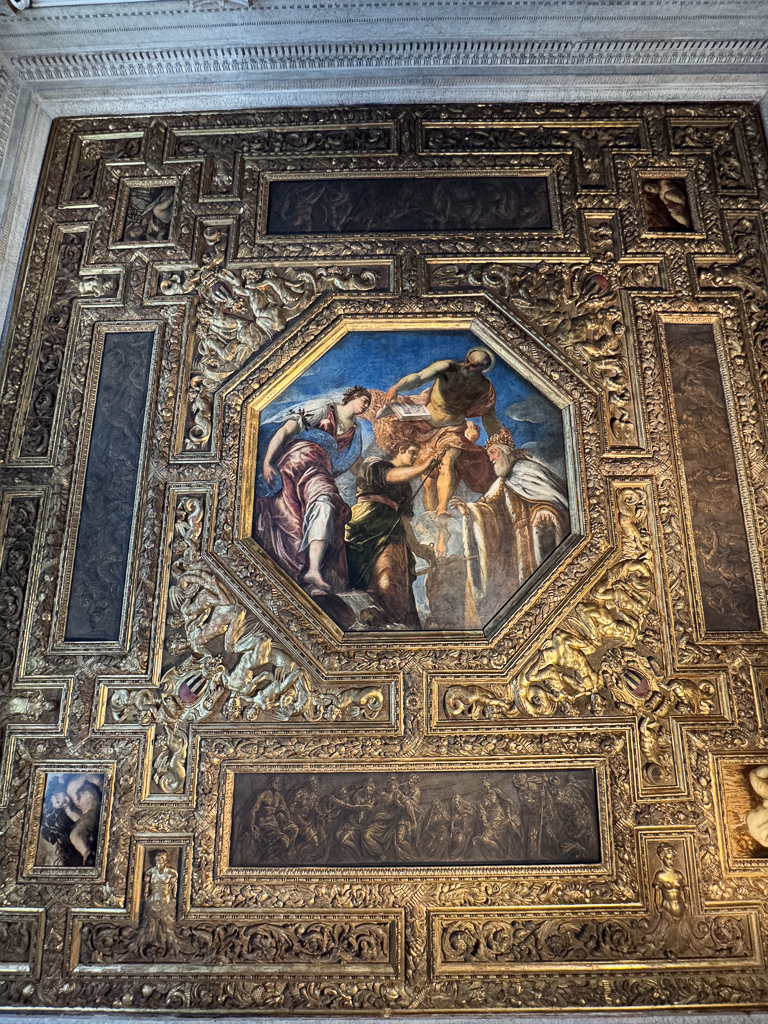

Red is love; blue is divine wisdom.























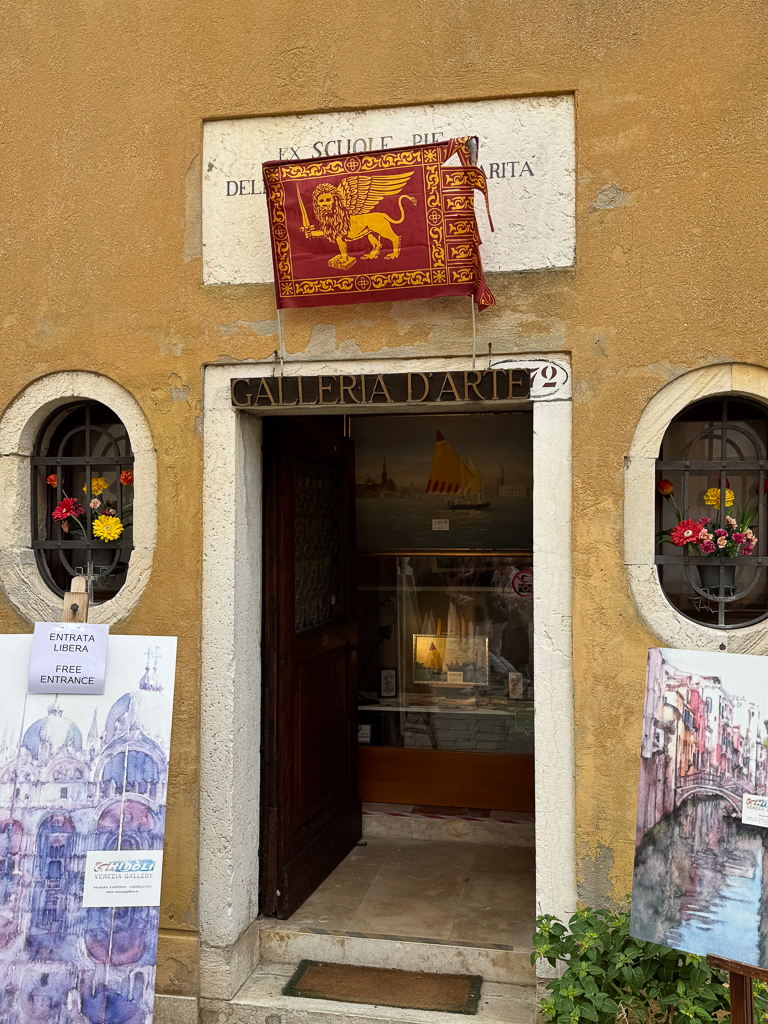
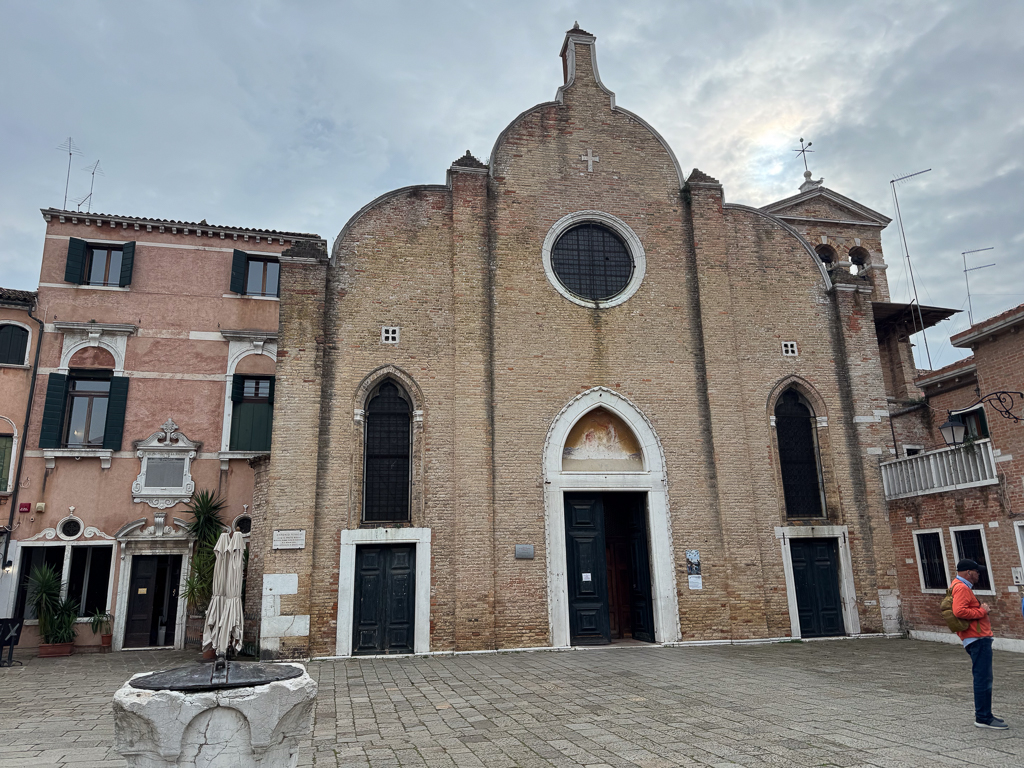

We were able to visit the Doge’s Palace early this morning before it opened to the general public. Herewith, some photos.















































We left Milan before 7am, toured Verona for 90 minutes, had a wonderful lunch and tasting at Villa Serego Alighieri (no photos), and arrived in Venice to board the S. S. La Venizia about 4pm. We’ve taken a short sail across the lagoon and are docked for the evening. Here are a few highlights.






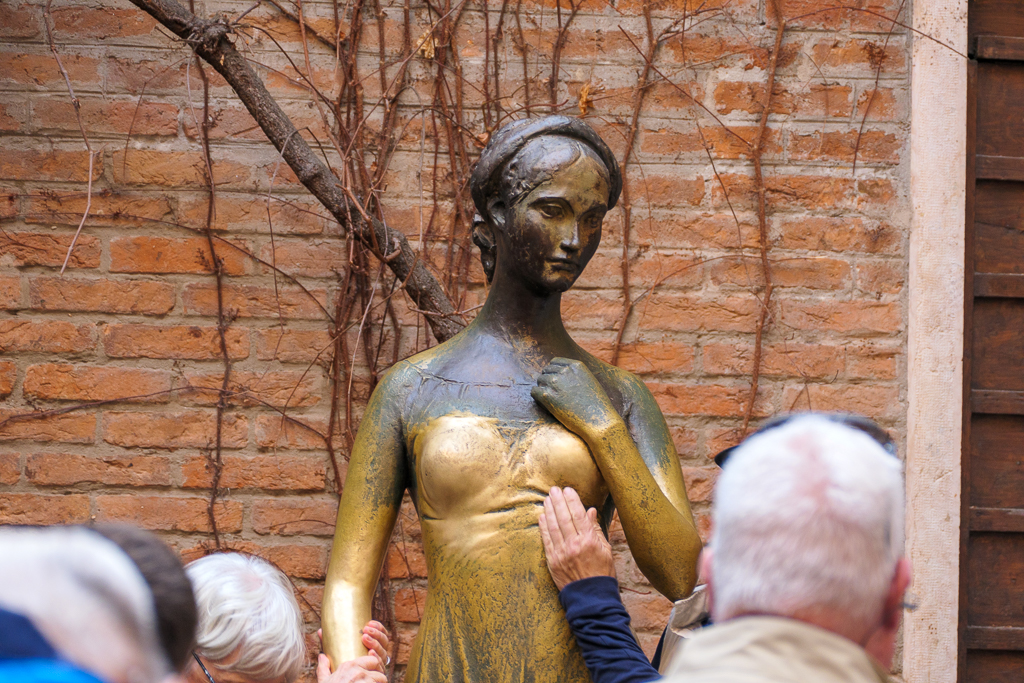






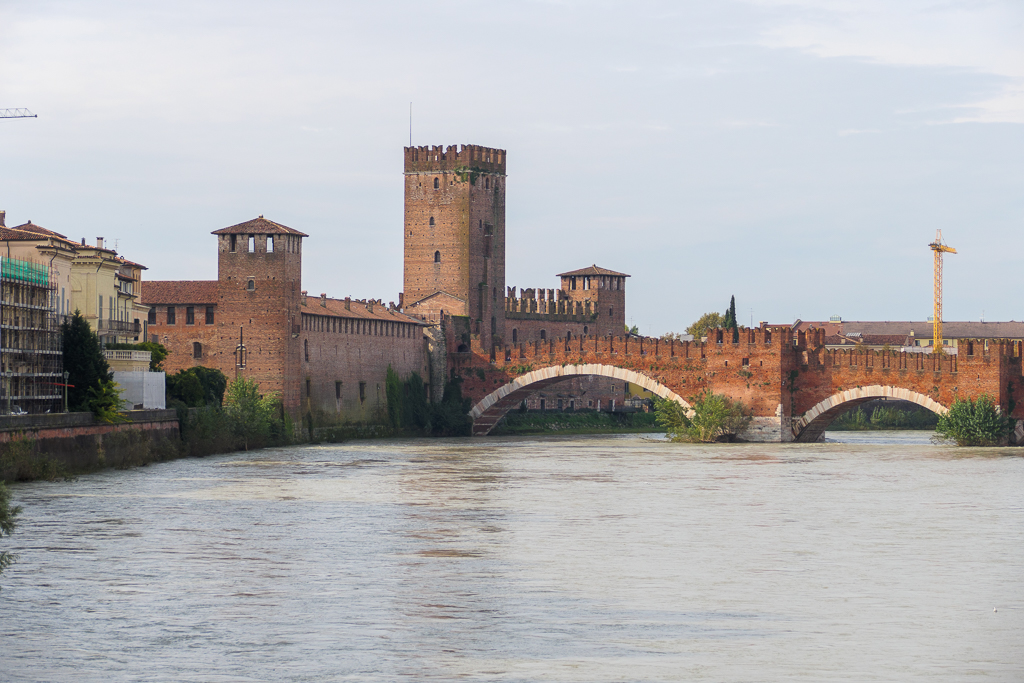
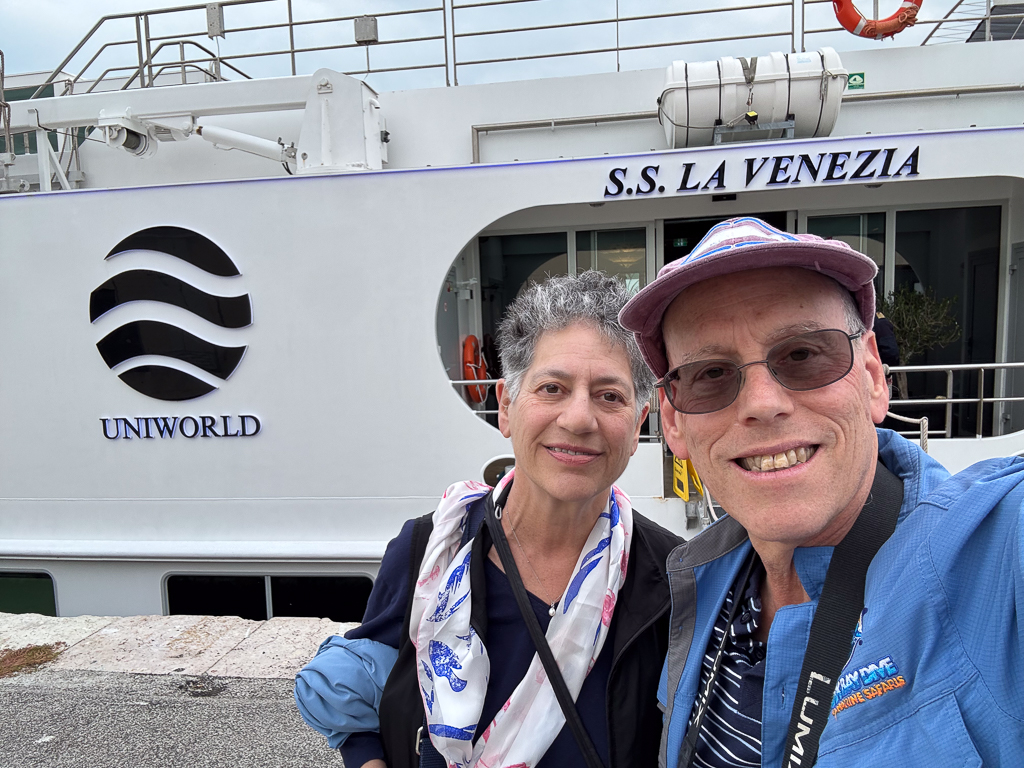
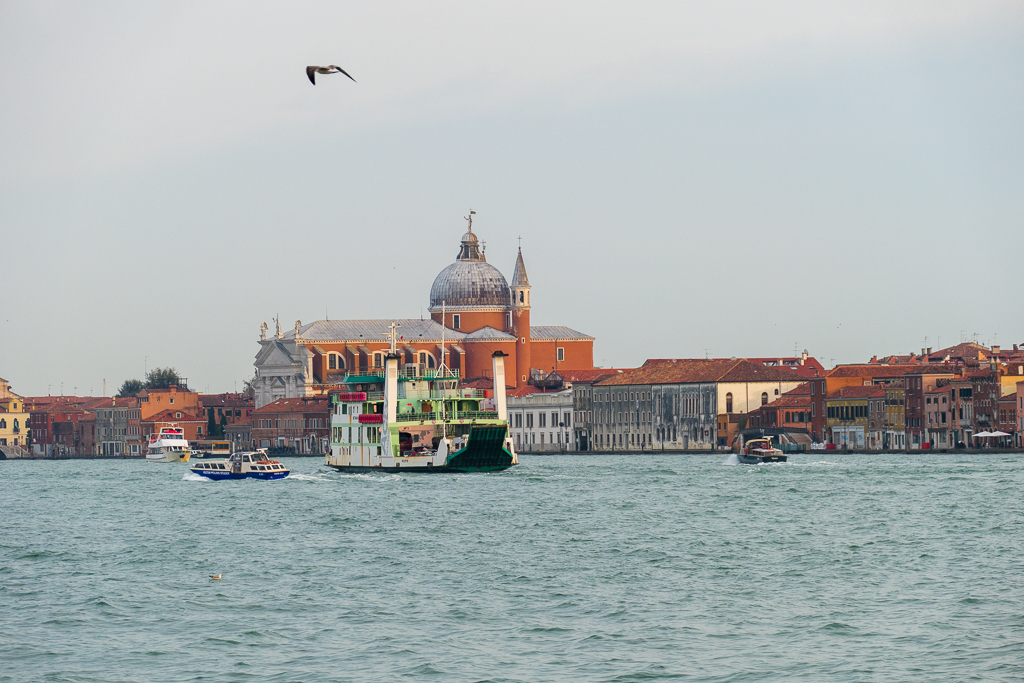
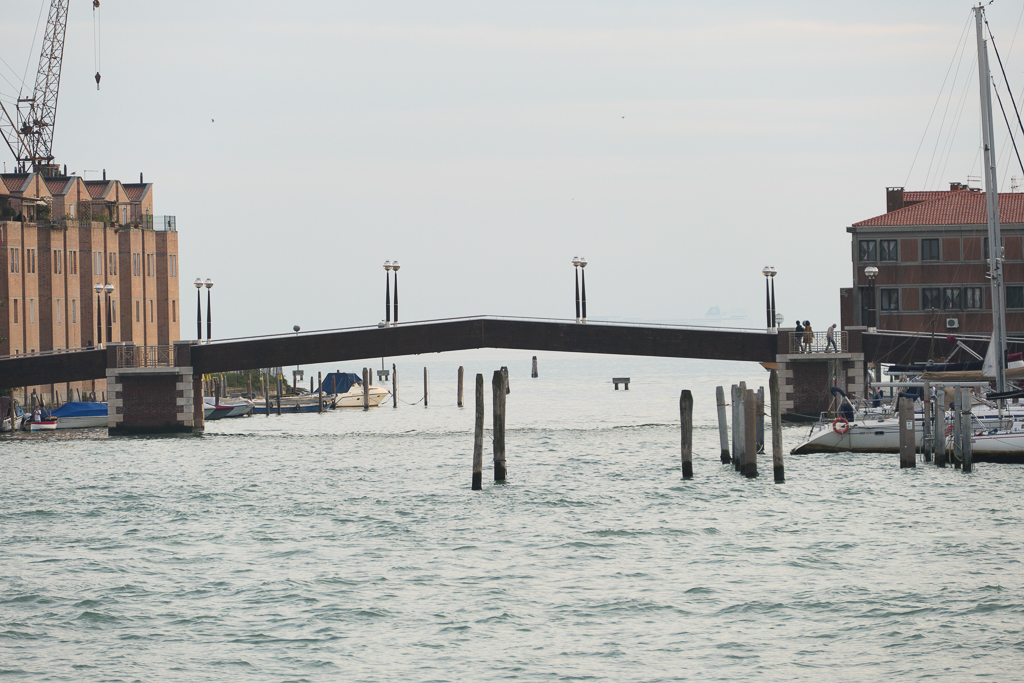
For those of you who aren’t fluent in Italian or Apple Translate, that means “Milan without a schedule” – and that was our plan for today, which we followed religiously. We slept late, had a leisurely breakfast in the hotel restaurant (if you’re here, I recommend the waffle), and finally decided to go visit the Museo Teatrale alla Scala on Piazza della Scala. Along the way, we paid our respects to Leonardo daVinci’s statue.
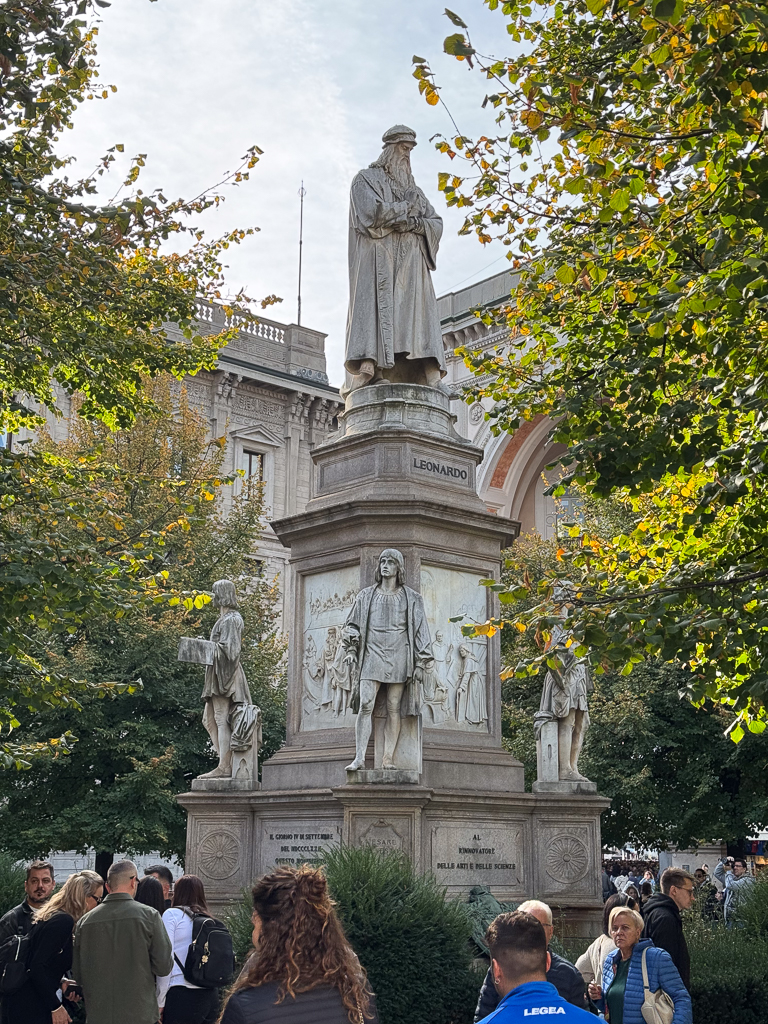

The museum is adjacent to the theatre itself, and we were able to go into a box on the third level and see the theatre for ourselves. They were doing technical adjustments, so the lighting was very low…and you’re not supposed to take photos. Oops.
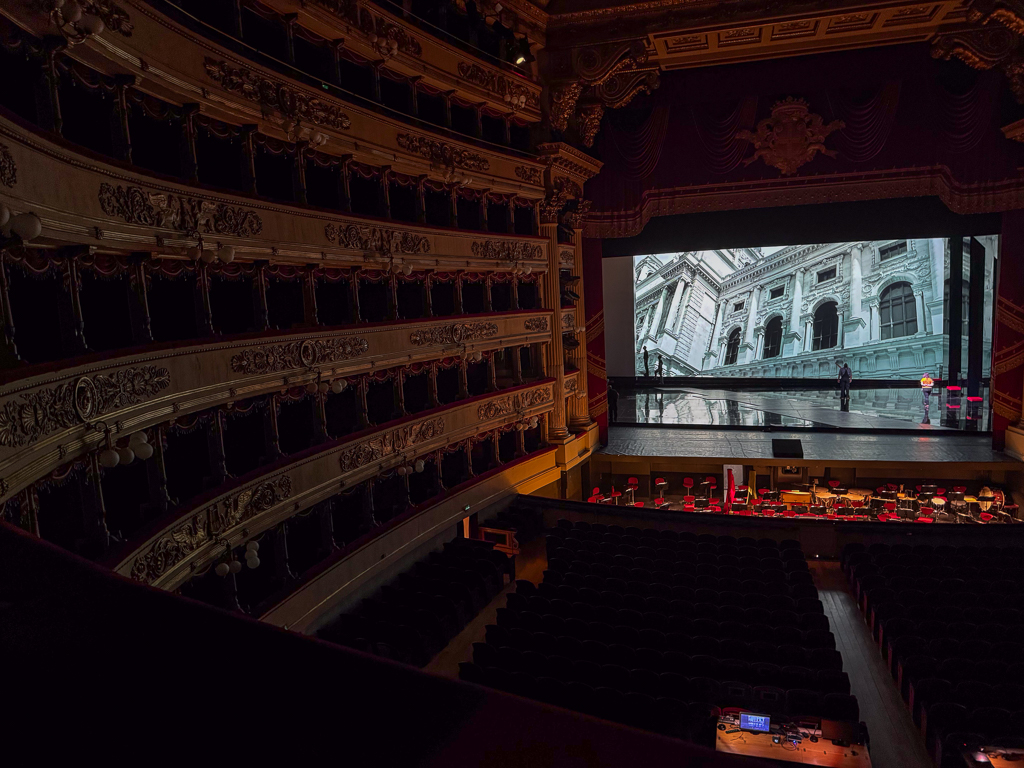
The museum is filled with artifacts from the theatre’s history, including musical instruments, paintings of the theatre and its artists, busts of composers, conductors, and artists, and more.
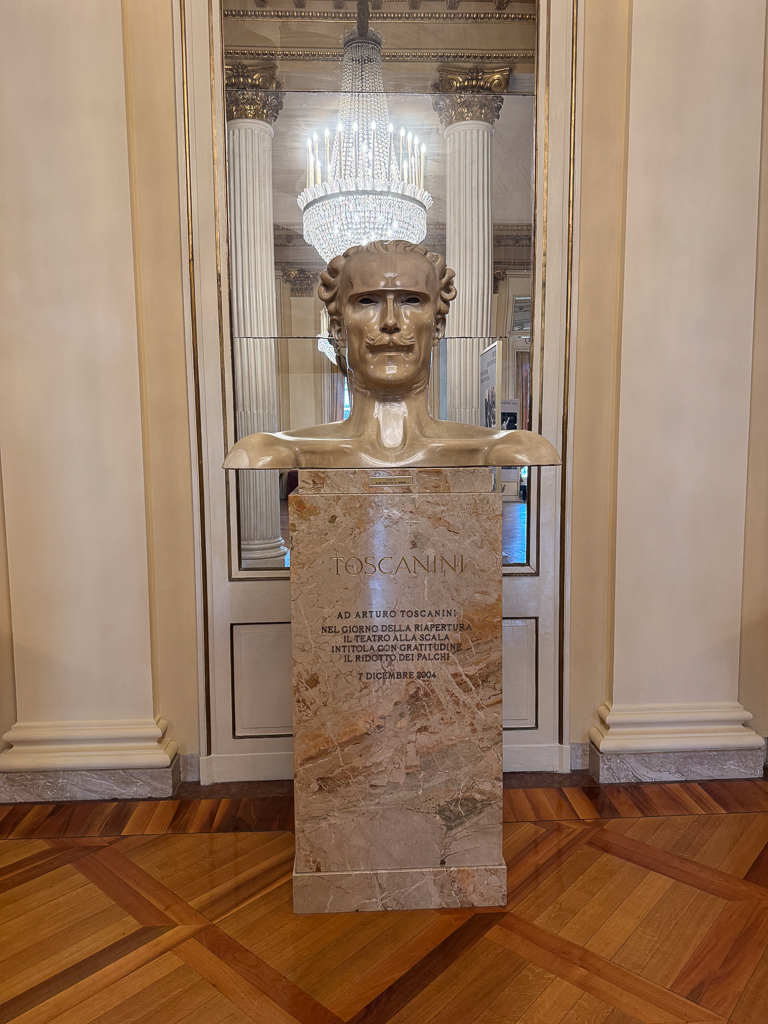
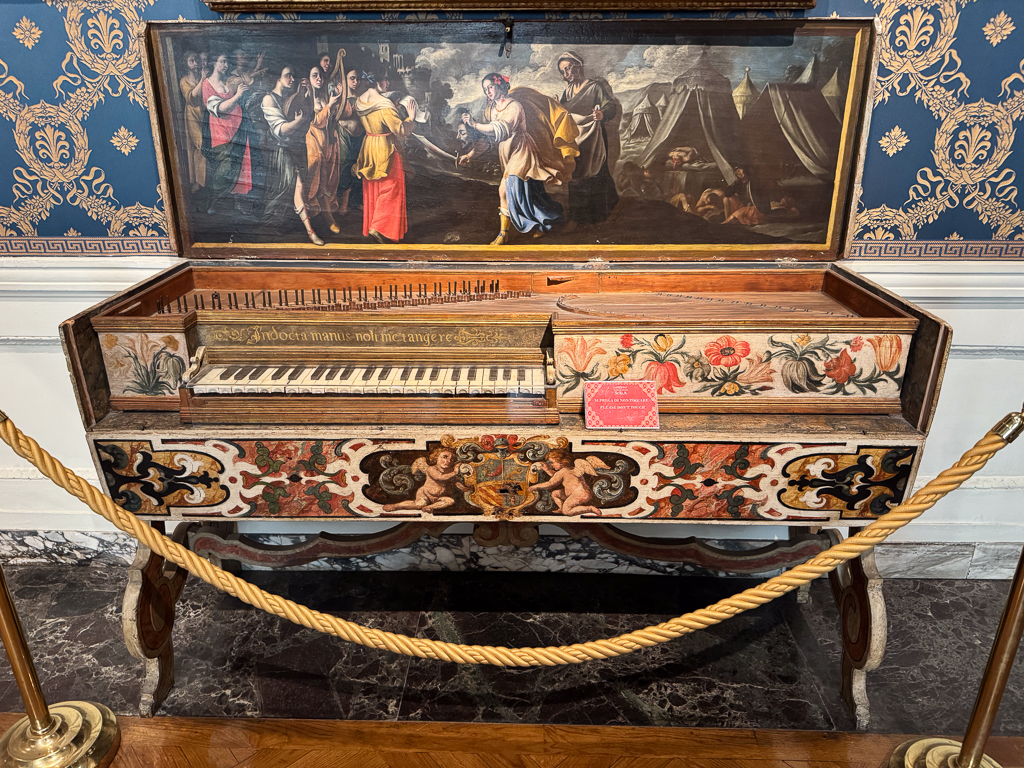
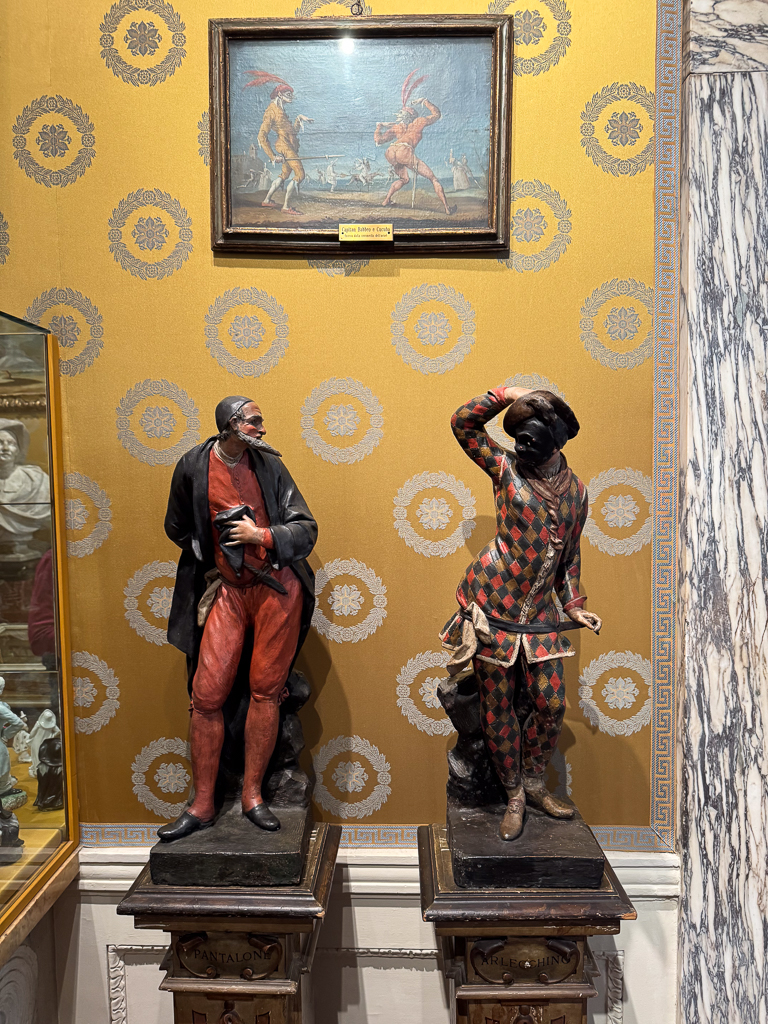
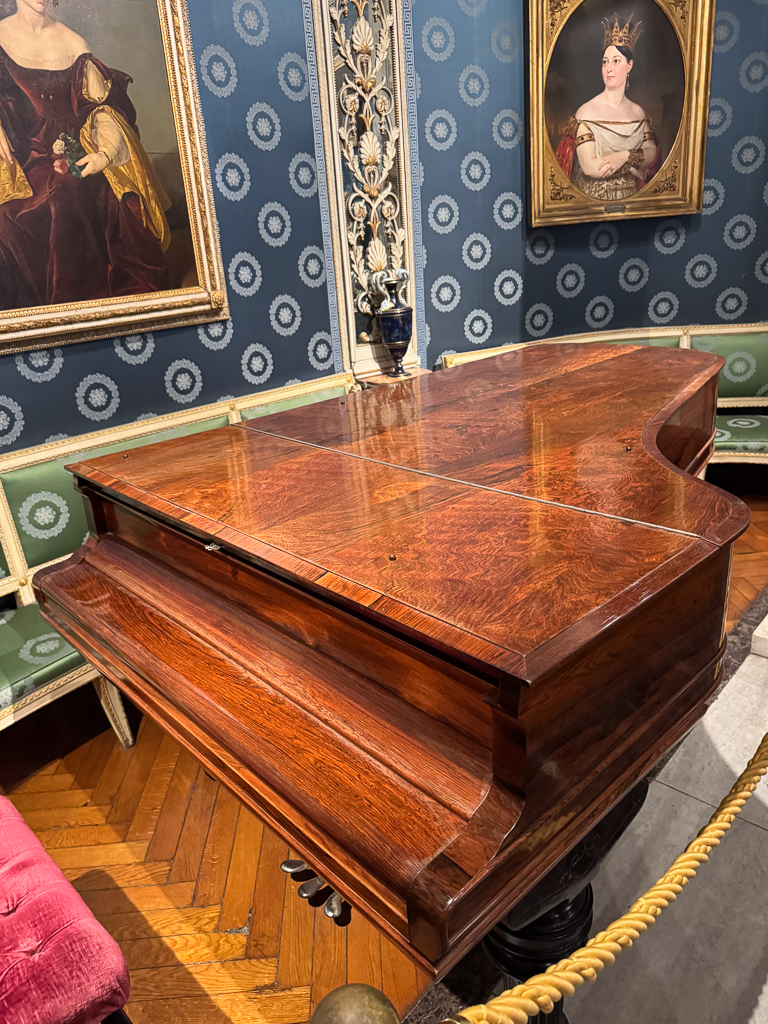
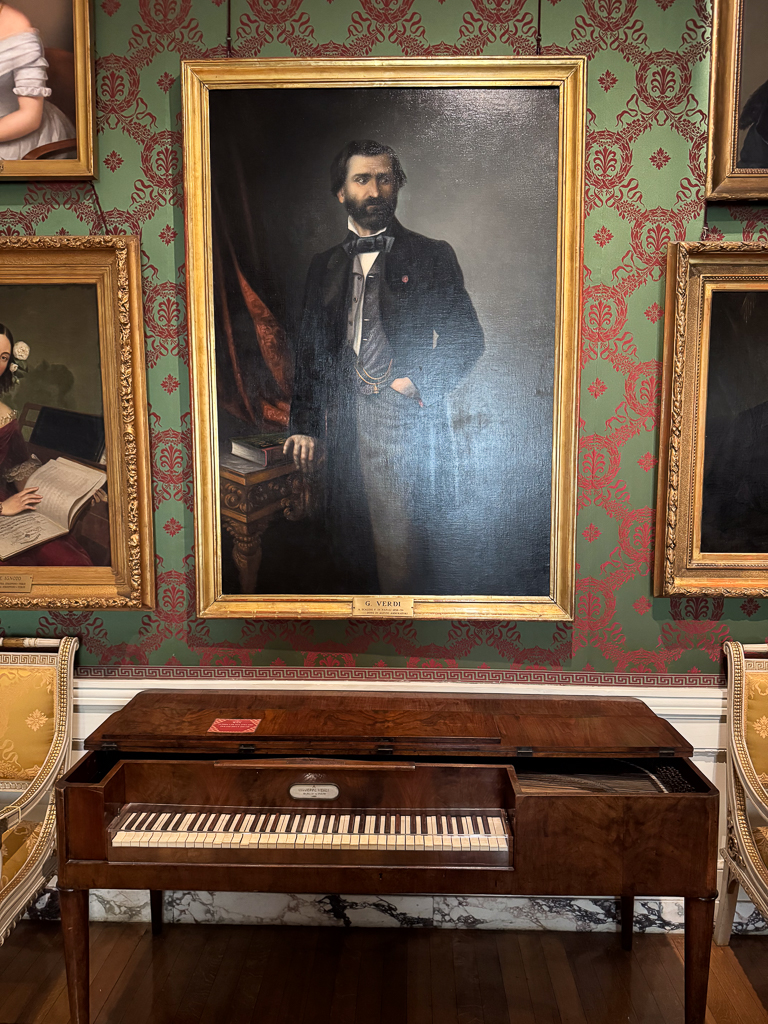
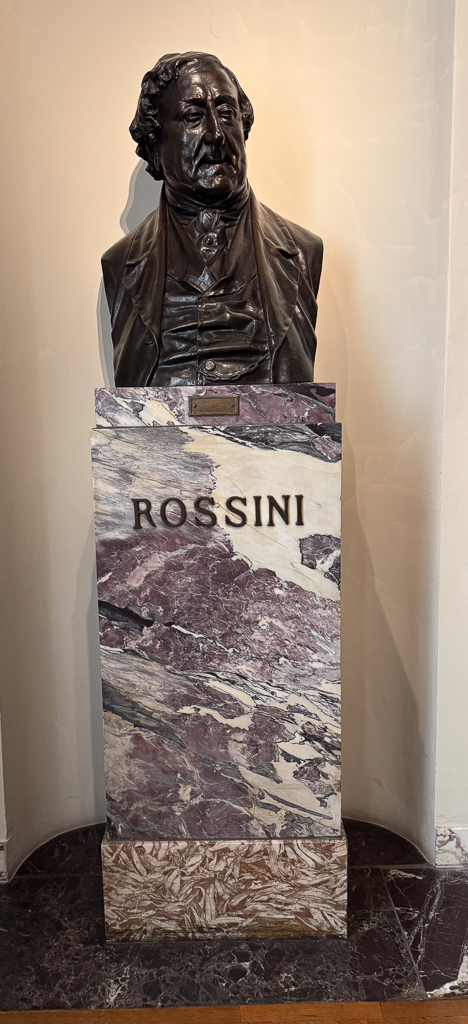
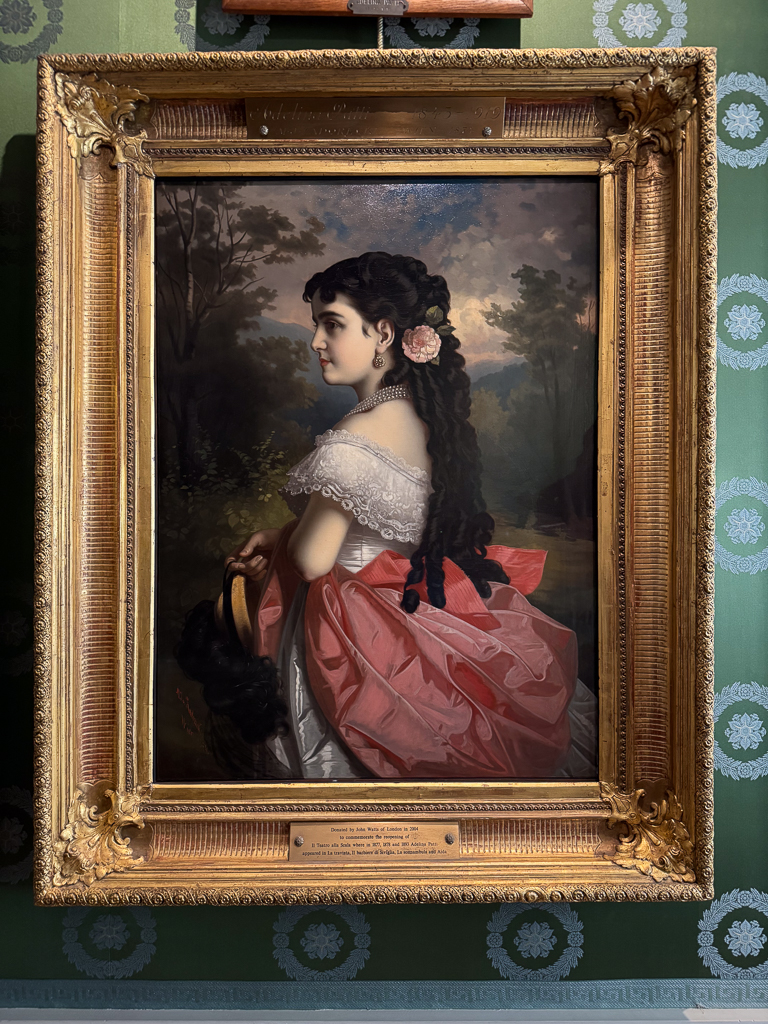
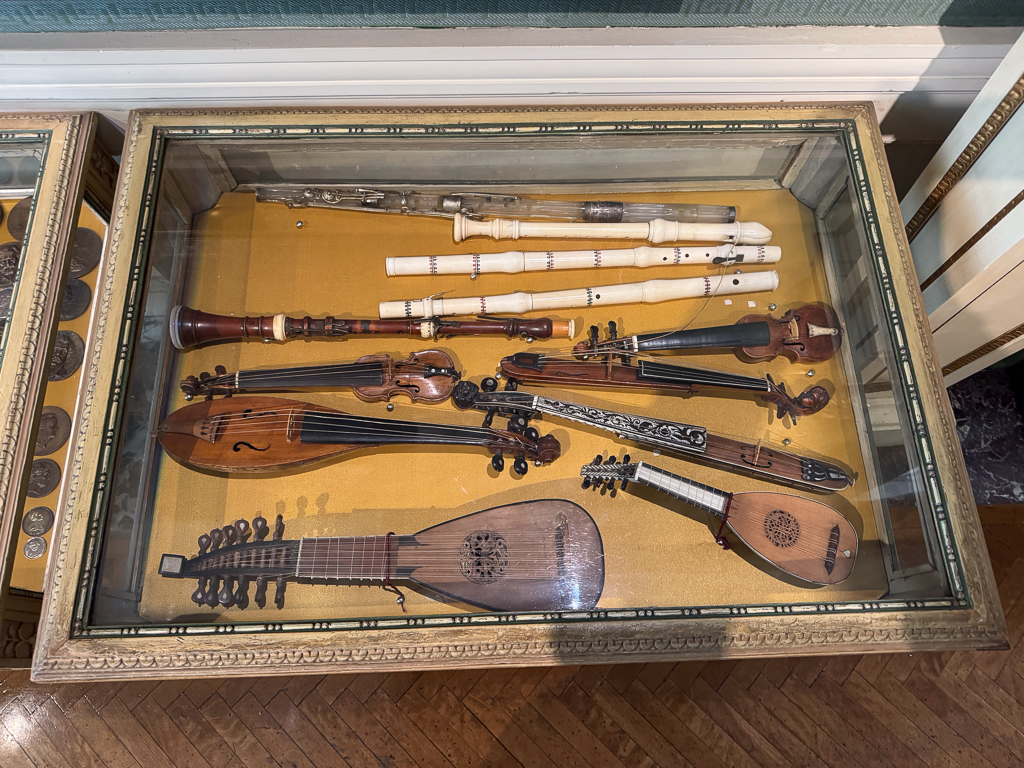
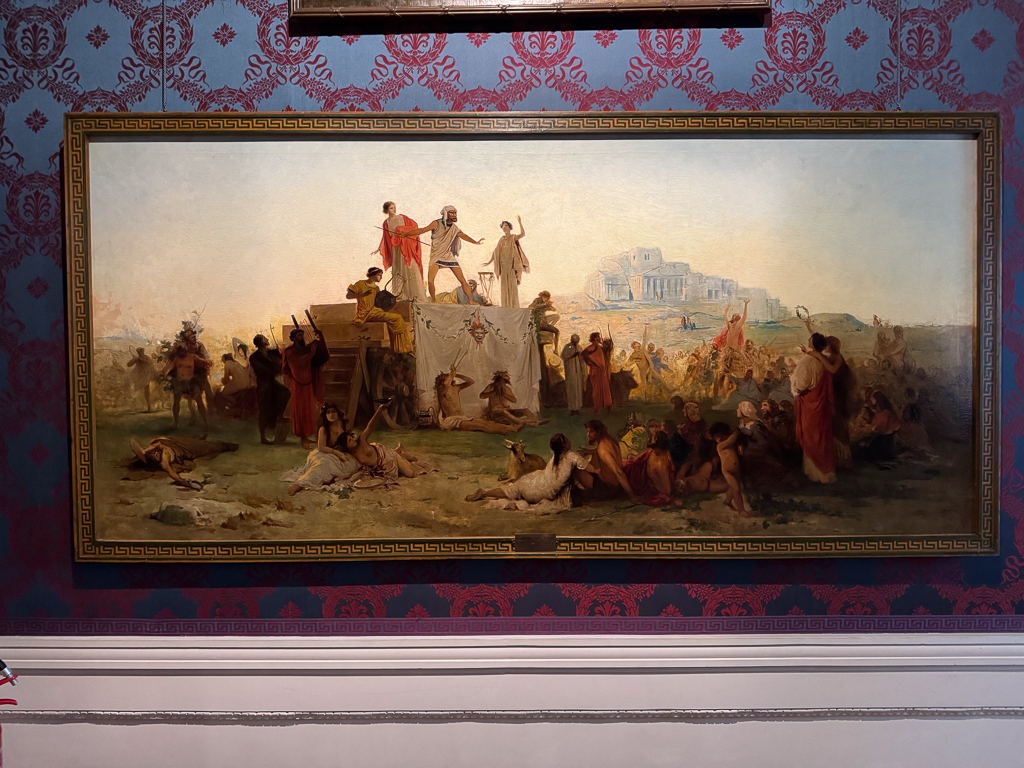
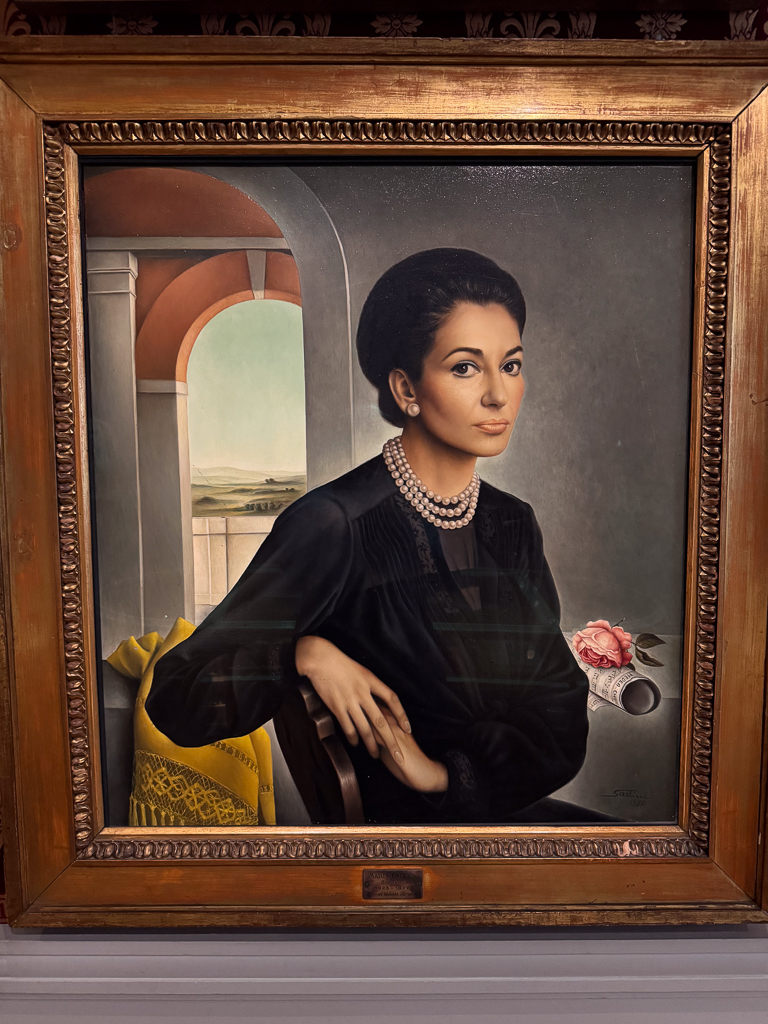
The stairways leading to the museum were lined with vintage posters from earlier seasons of La Scala. I was struck by how little the design had changed, even to the poster for tonight’s production of “Der Rosenkavalier”.
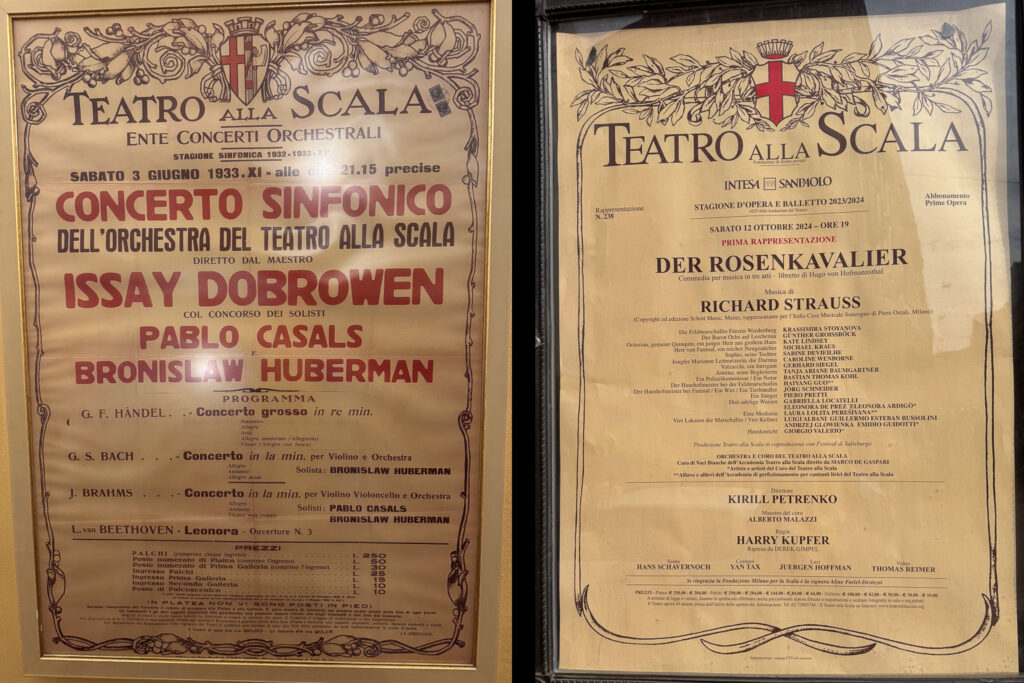
This afternoon, we took a longish walk through Milan, out to the Arco della Pace, which Napoleon Bonaparte had erected in Milan after he’d crowned himself King of Italy. The walk took us past many interesting places – herewith a sampling.
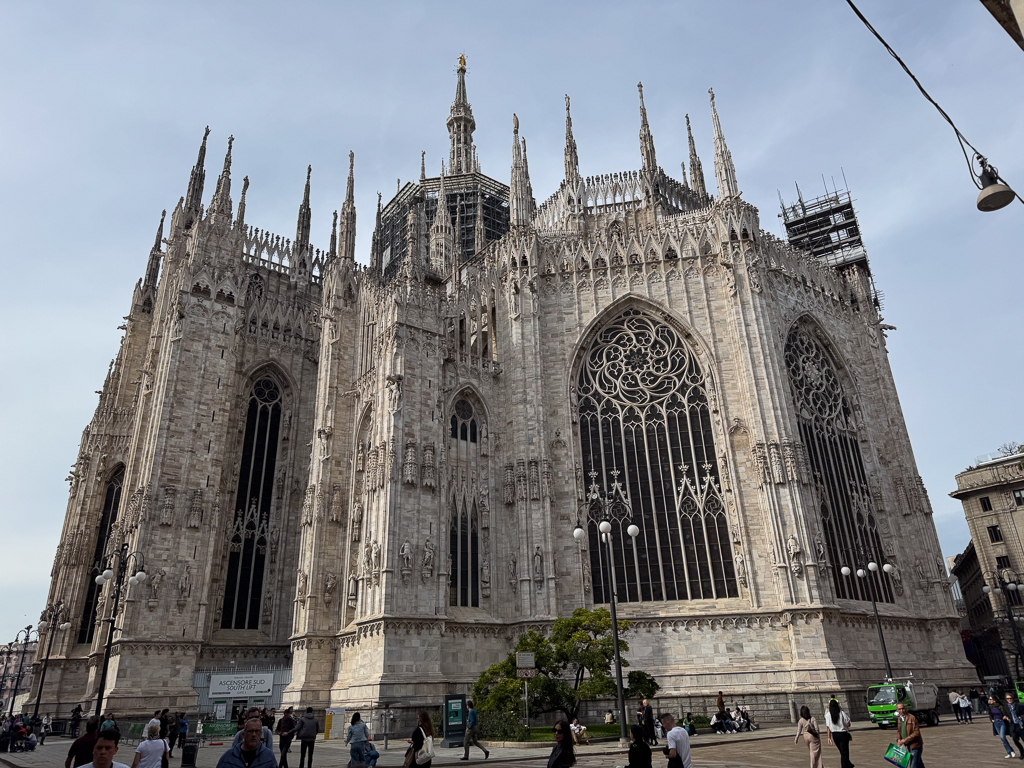
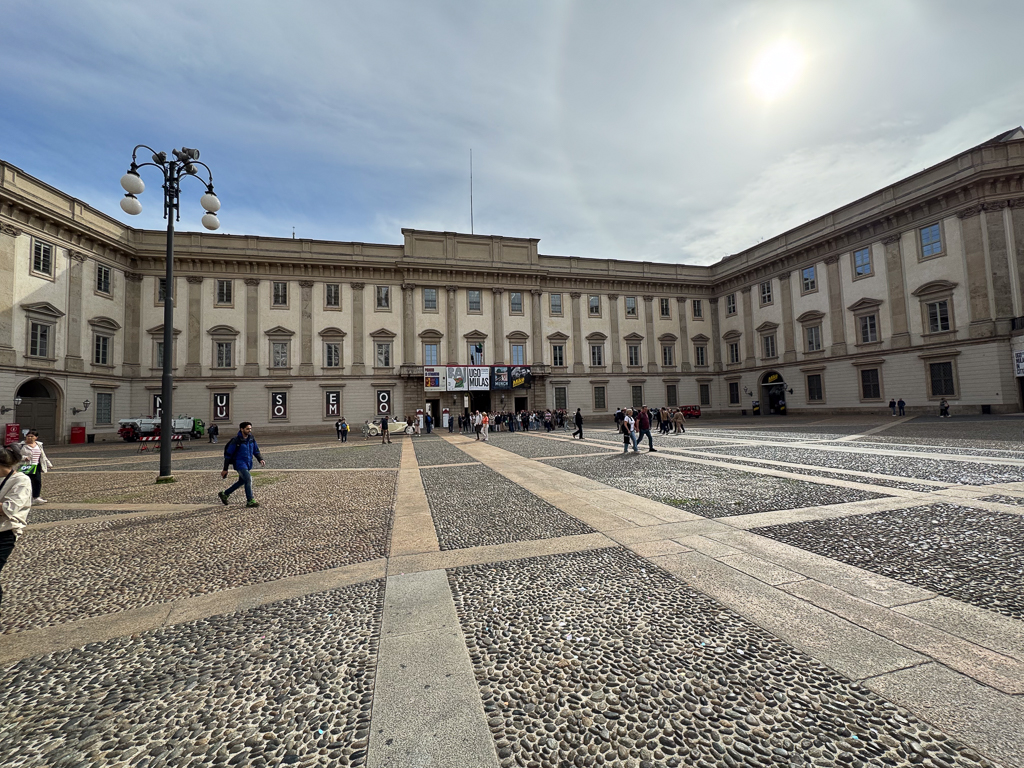
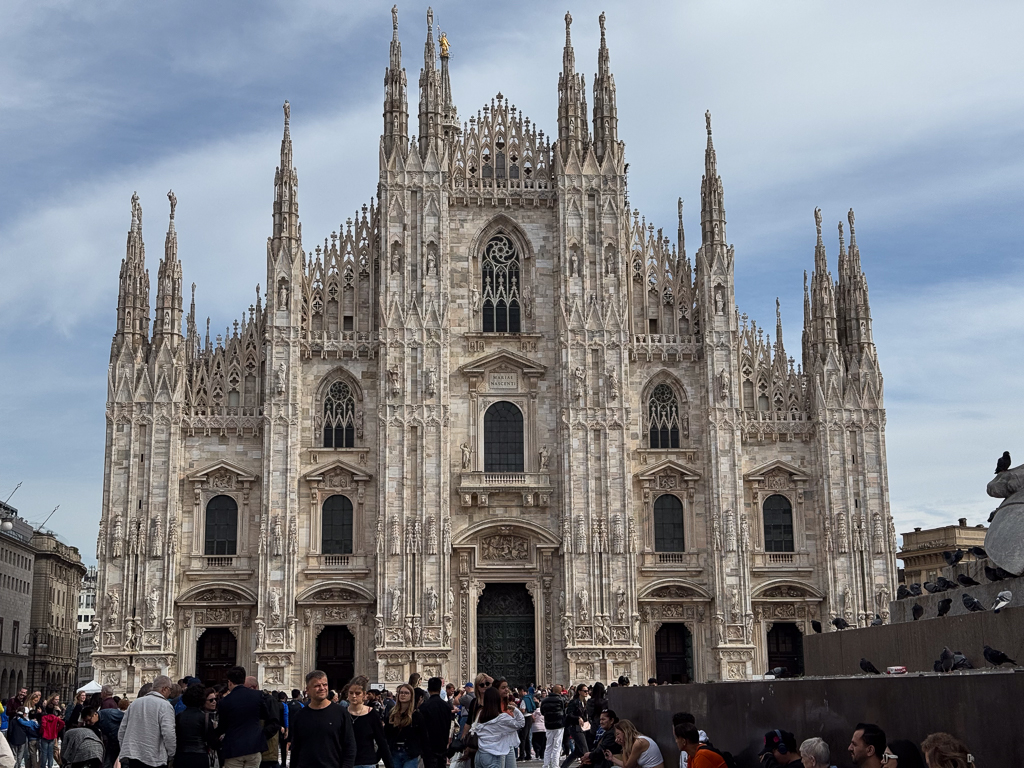
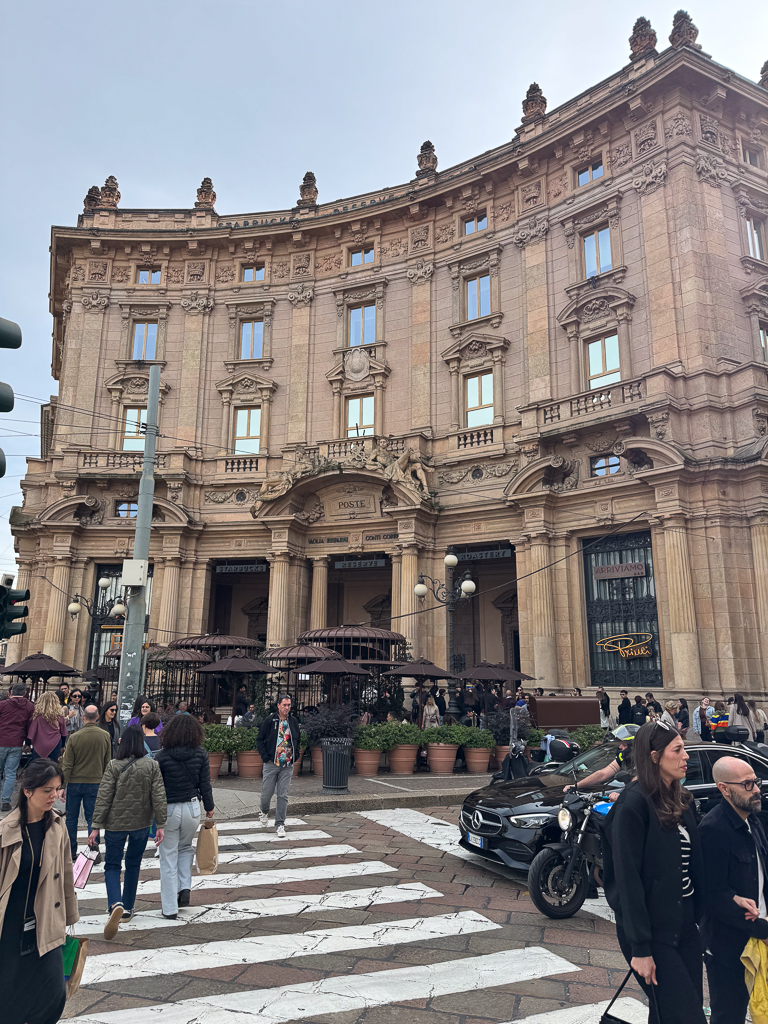
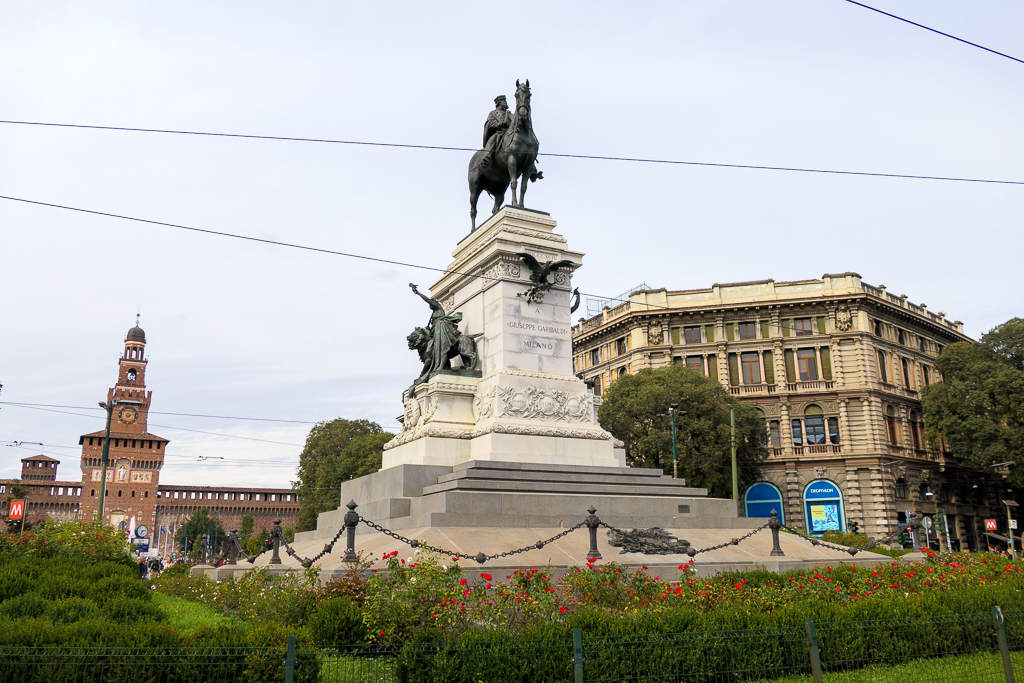
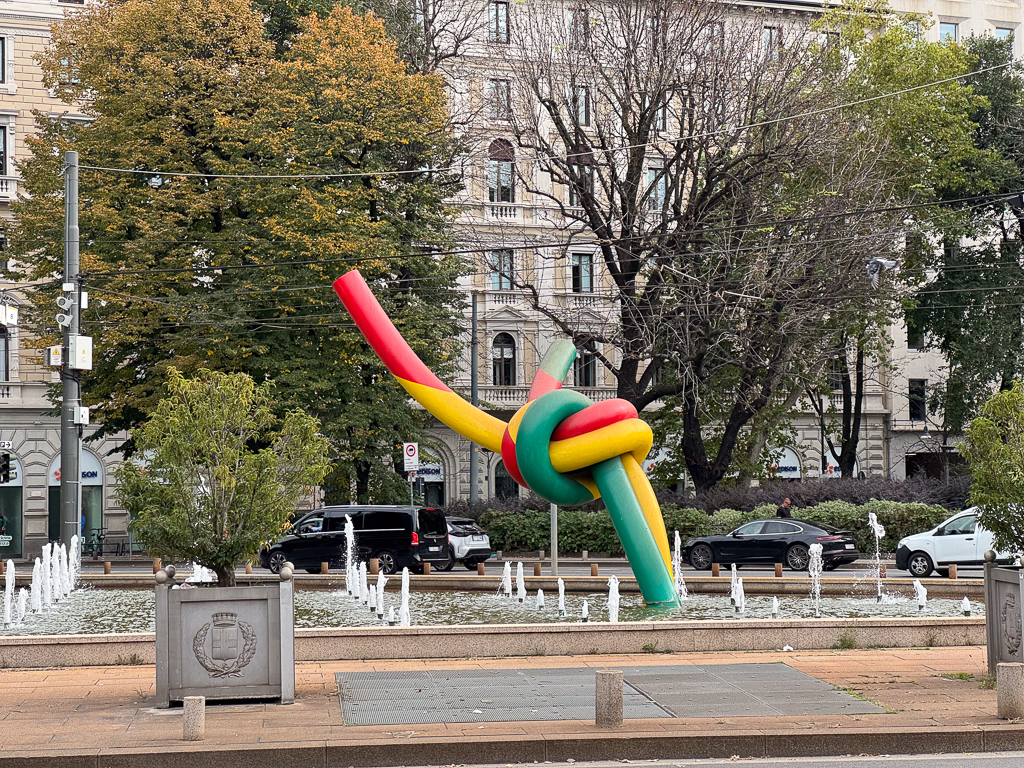
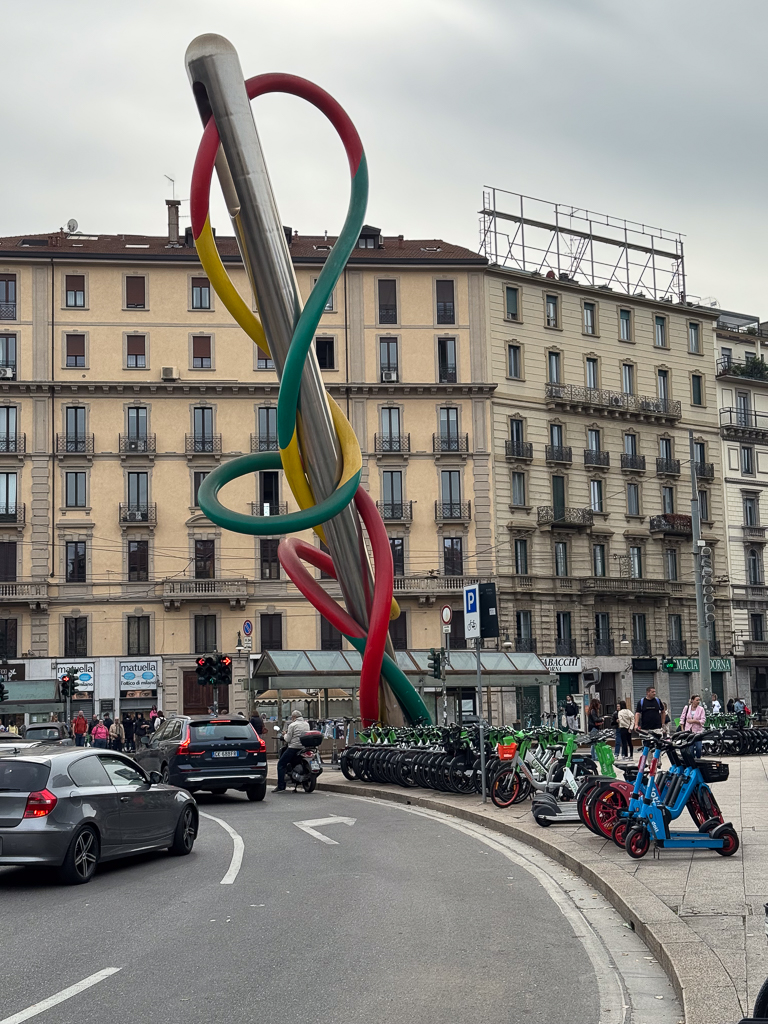
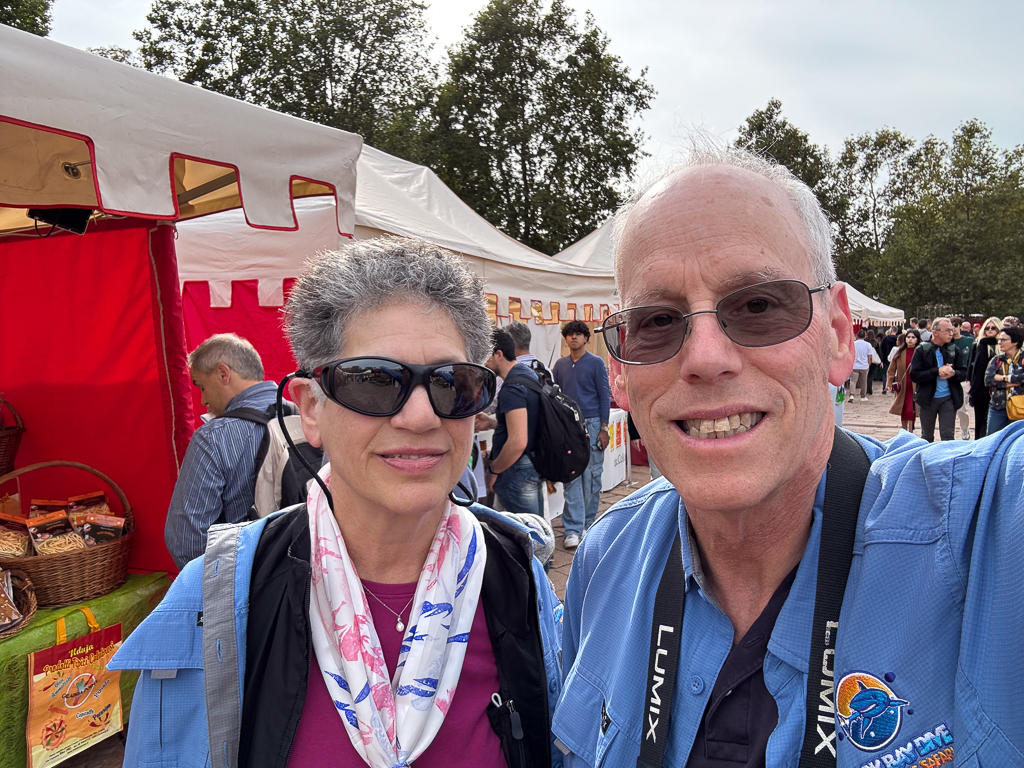
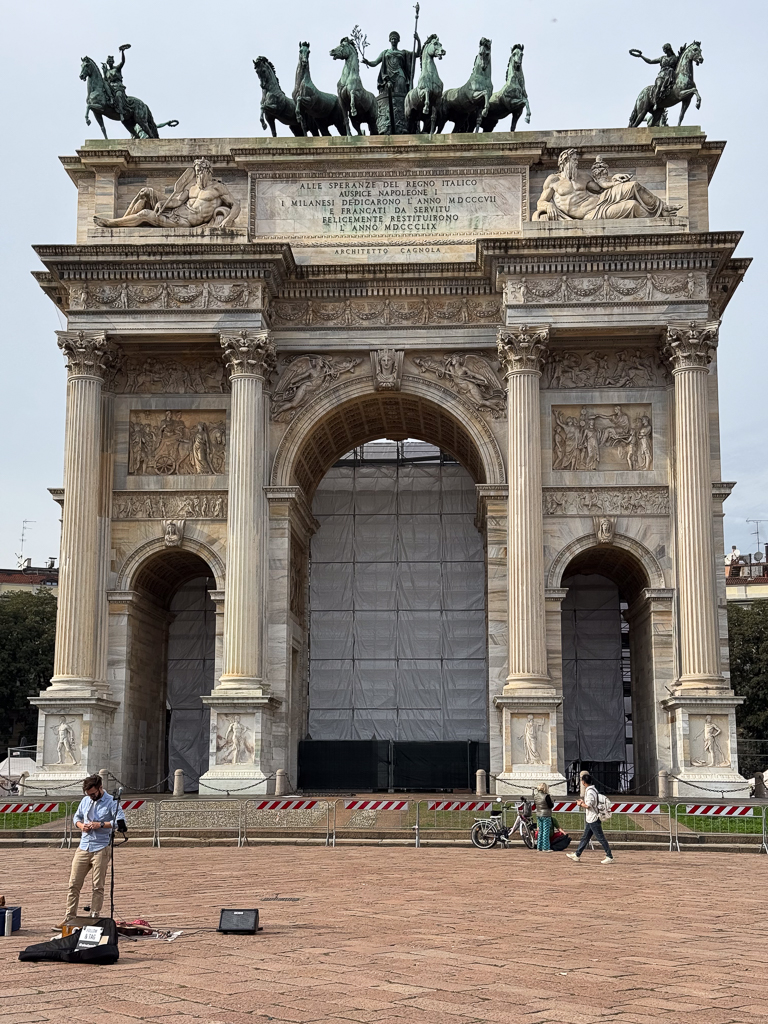
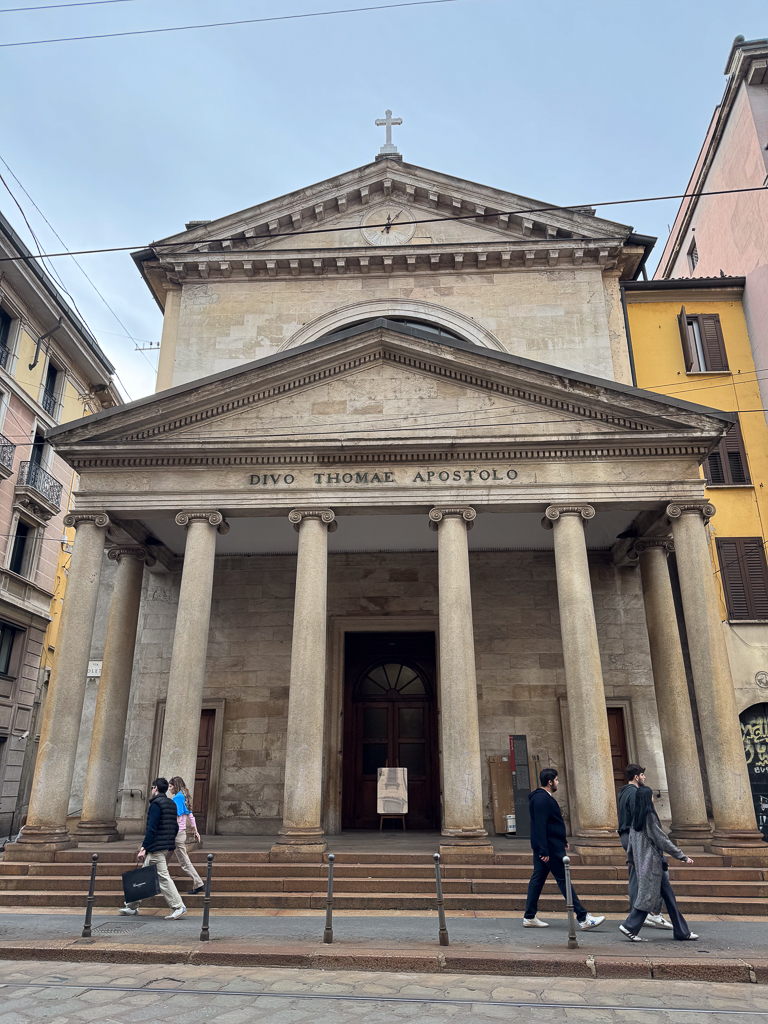
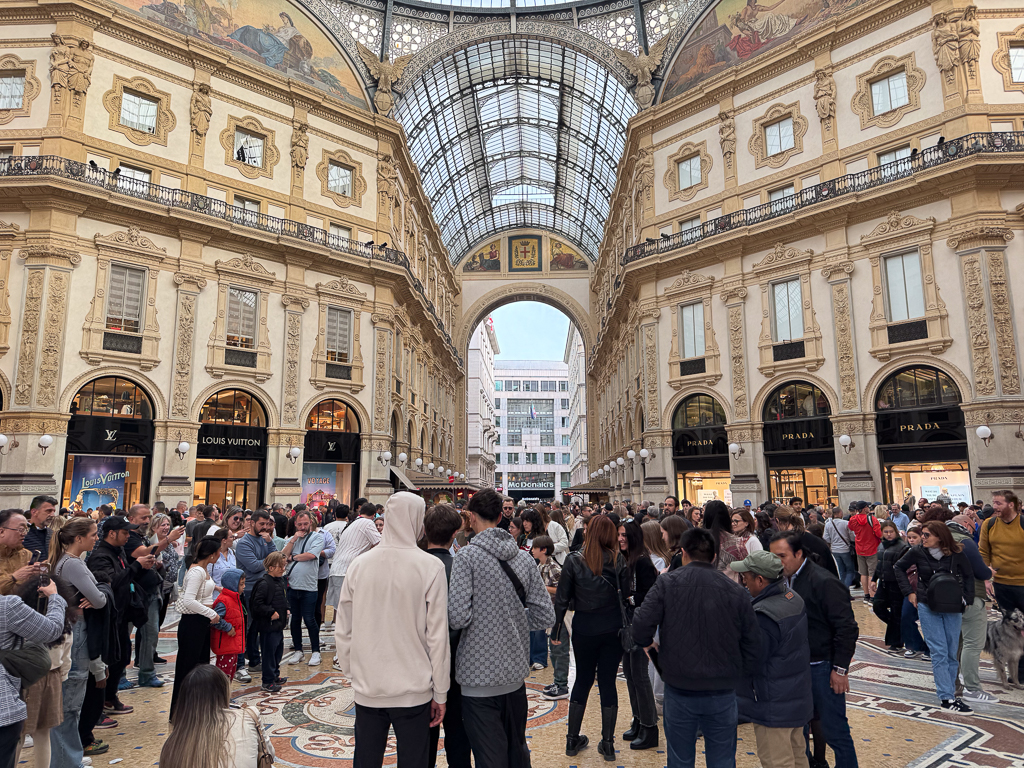
Tomorrow, we’re back to Organized Activities, beginning with a very early departure from Milan.
It was another very busy day – our group checked out of the Hotel Splendide in Lugano at 7:15am so we could be driven to Tremezzo, Italy for a private boat tour of Lake Como so we could see the glorious villas, and then we had an hour to explore Bellagio before returning to the coach for the two-hour drive to Milan, allowing us to check into the Grand Rosa Hotel in Milan and gobble down a very quick lunch before taking a Milan City Tour beginning at the Duomo (a five-minute walk from the hotel) and continuing with a visit to Castelo Sforezesco, a look at Santa Maria delle Grazie church, and ending with a fifteen-minute visit to The Last Supper (which hangs, as it has for centuries, in the refectory of the Santa Maria delle Grazie monastery, now the Cenacolo Vinciano museum. And then we had our tour orientation lecture and joined our new friends Derek and Sue for a delicious osso buco risotto dinner at Valentino Legend Restaurant (including “The Apple of Sin” for dessert). whew!
Herewith a few photos from the day.
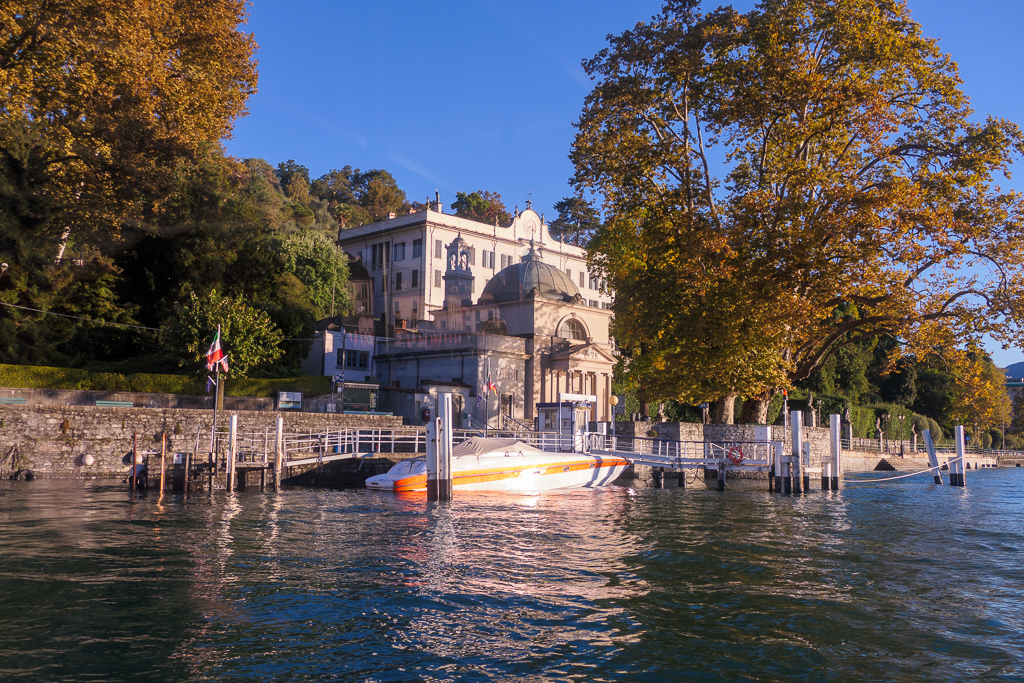
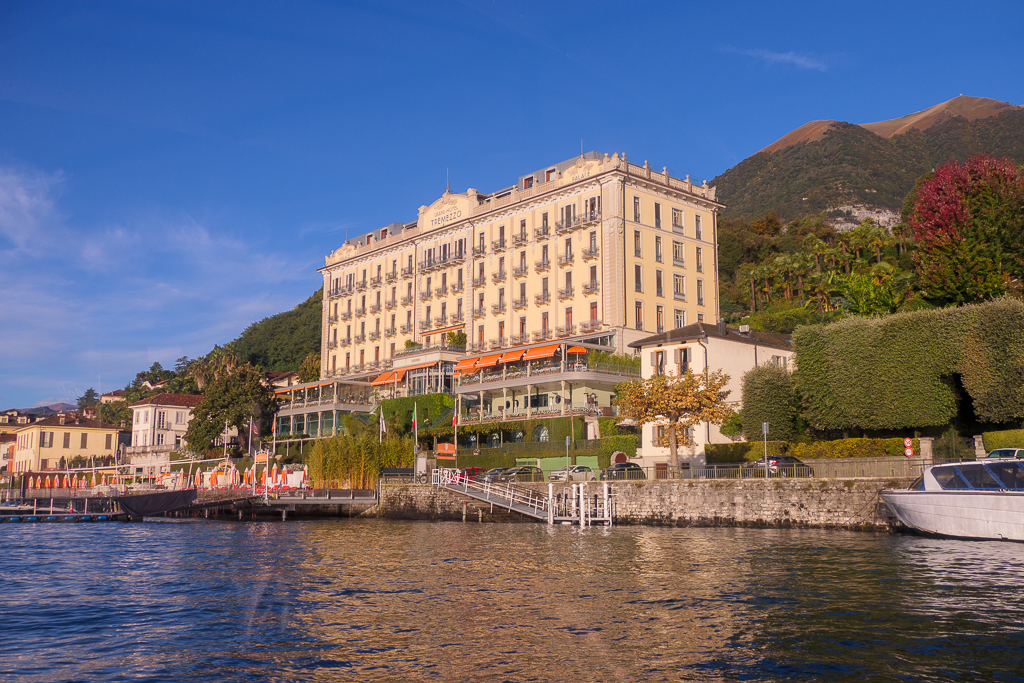
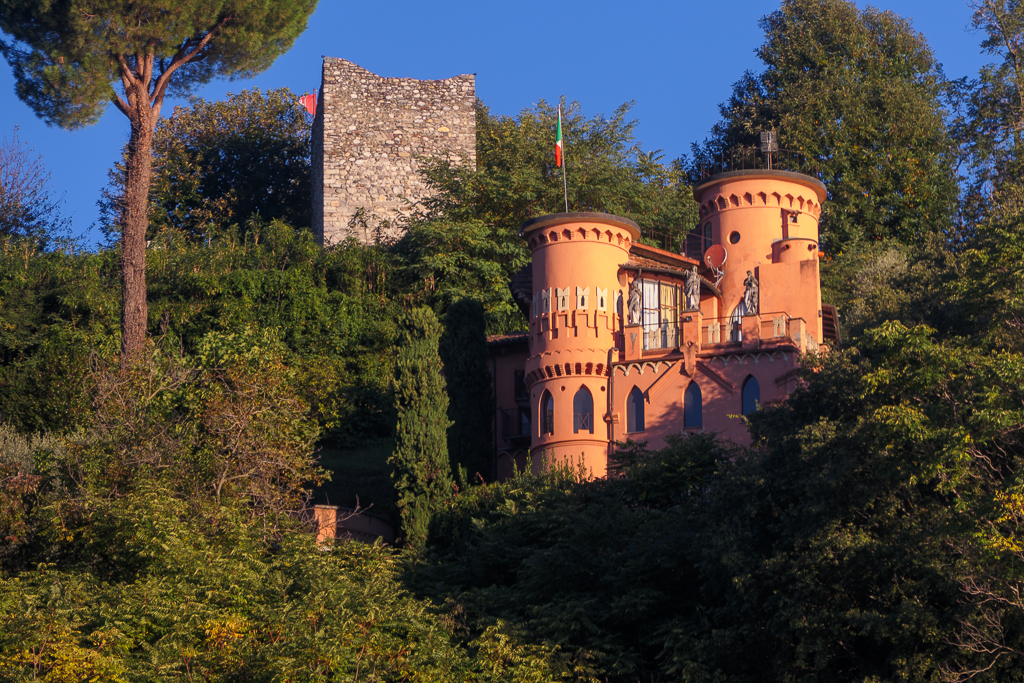
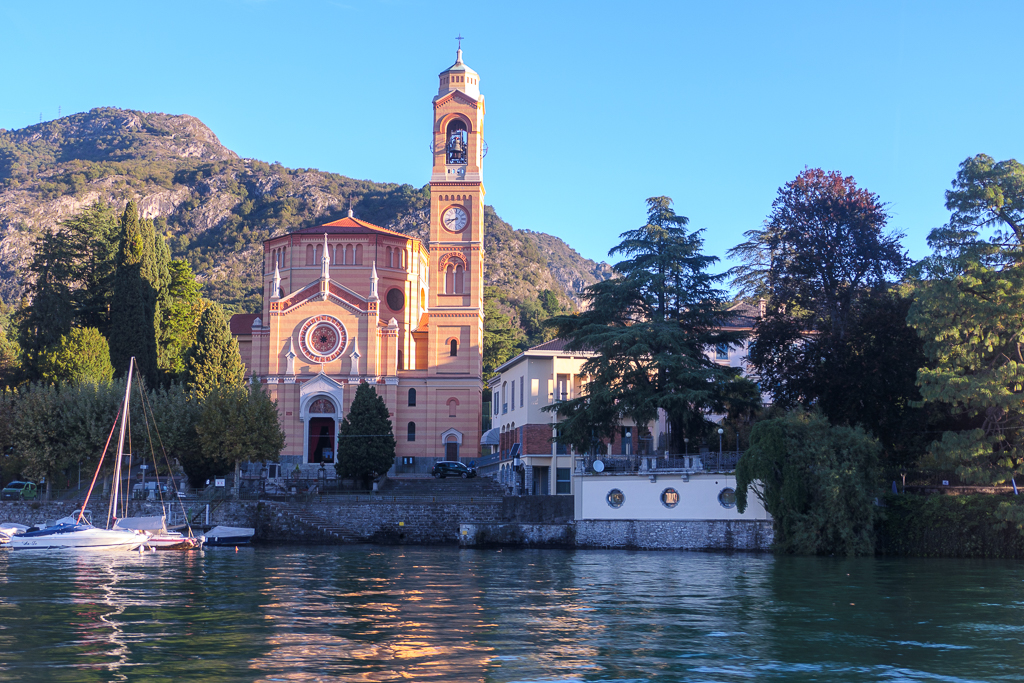
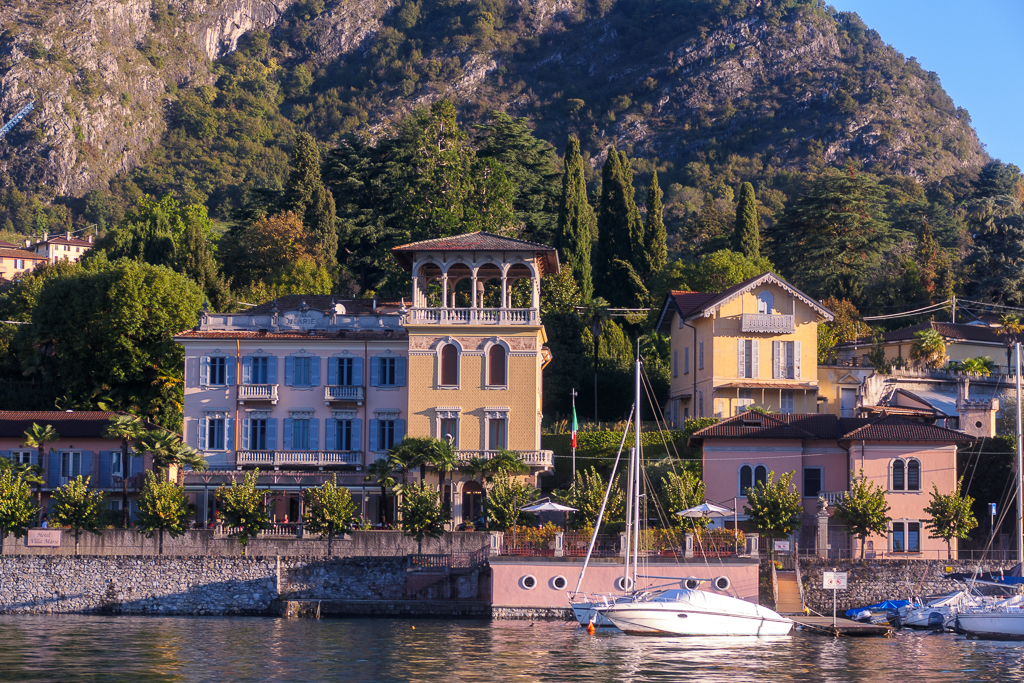
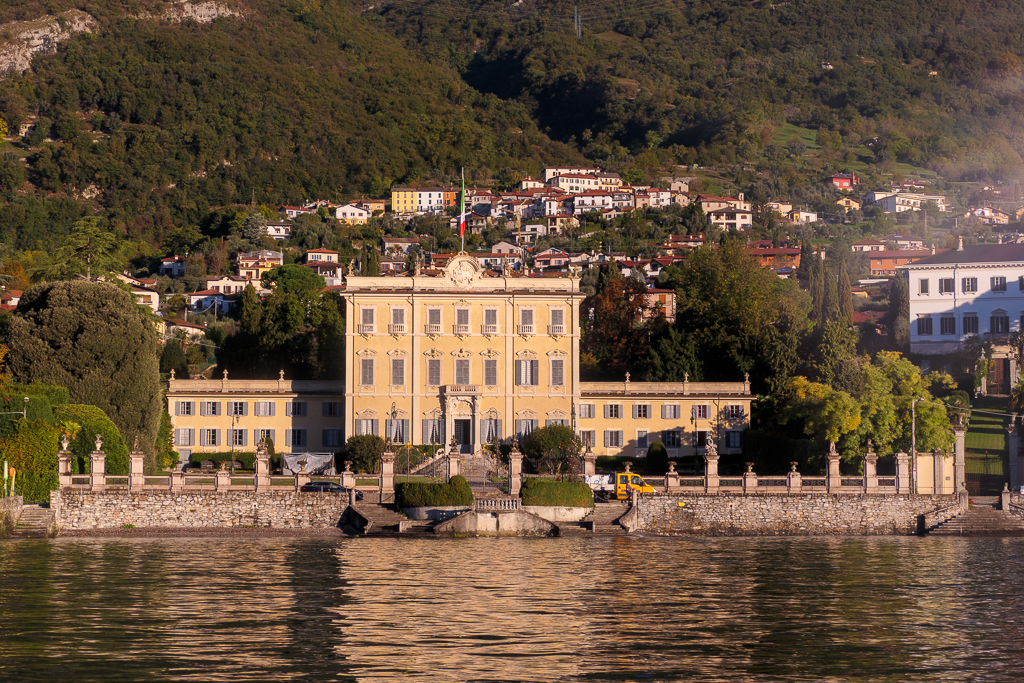
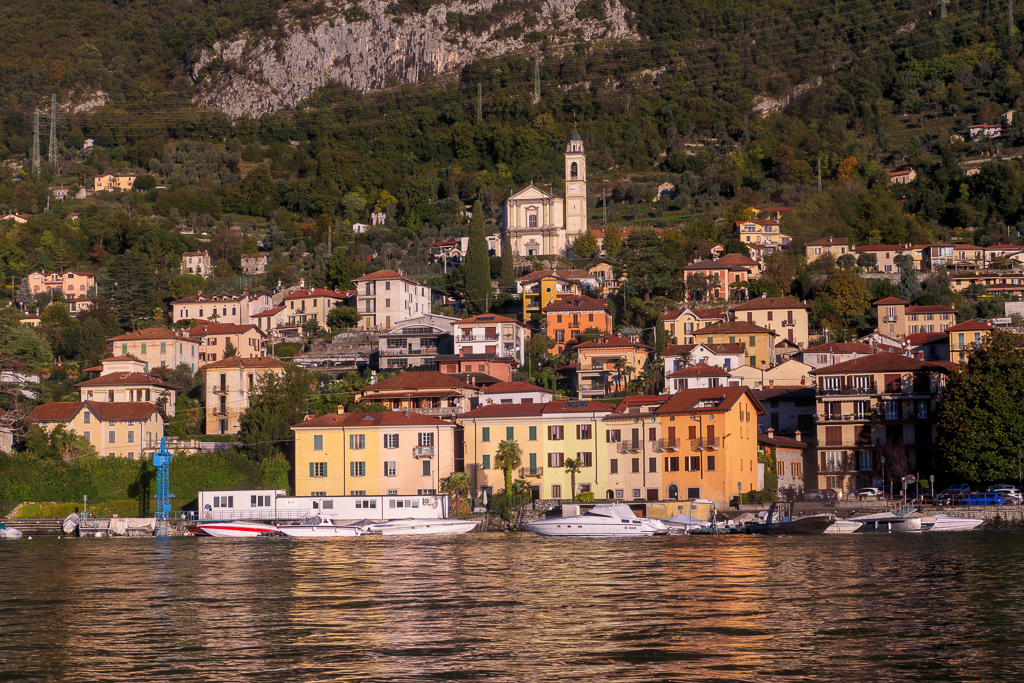
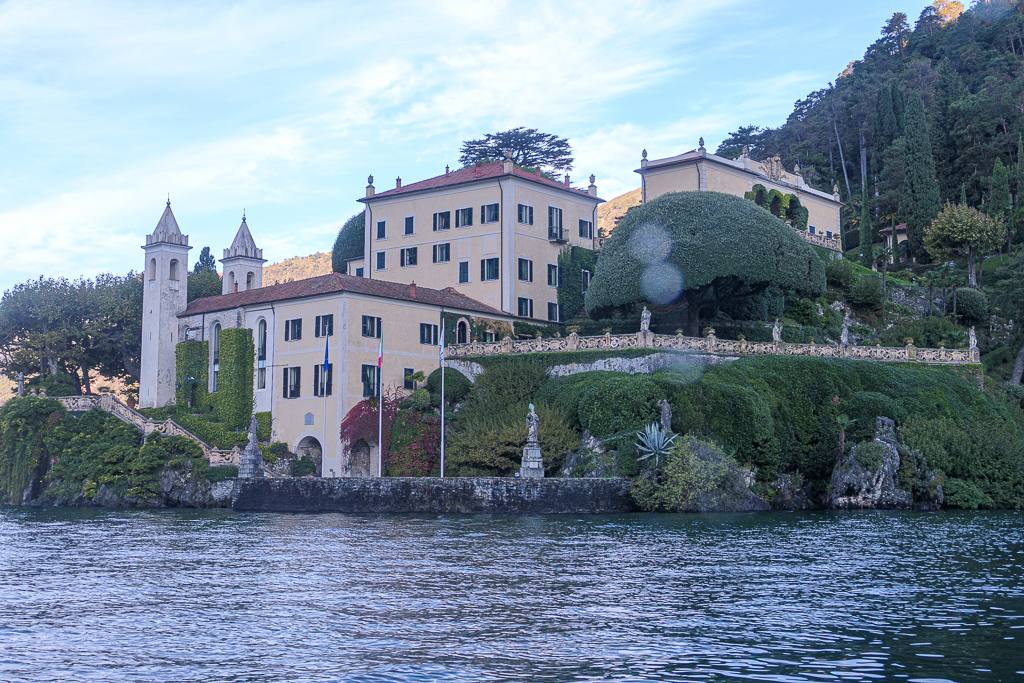
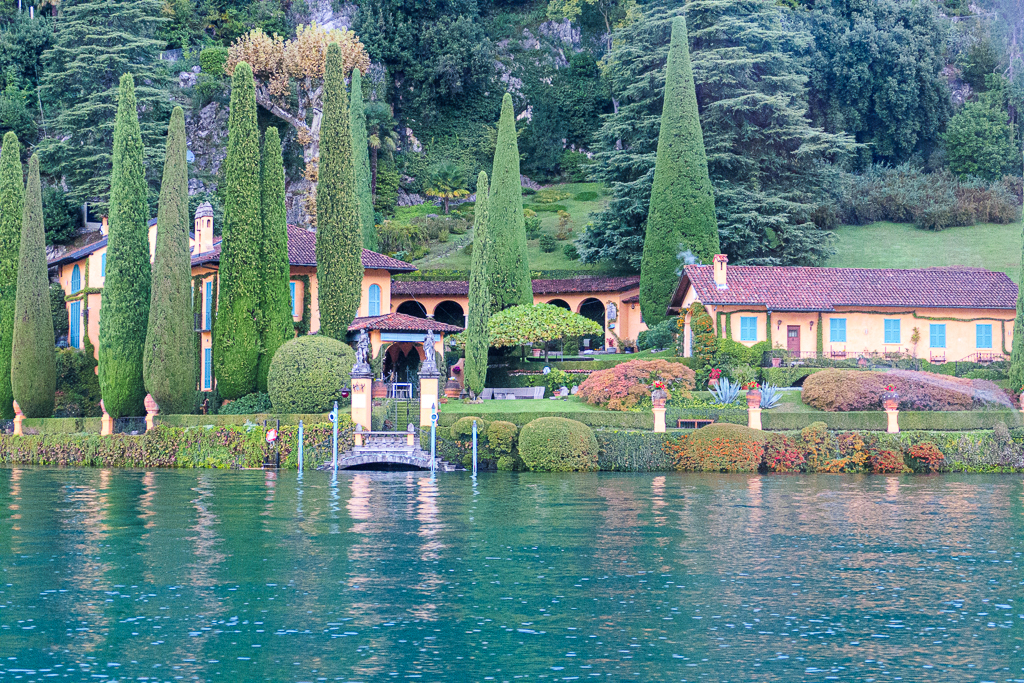
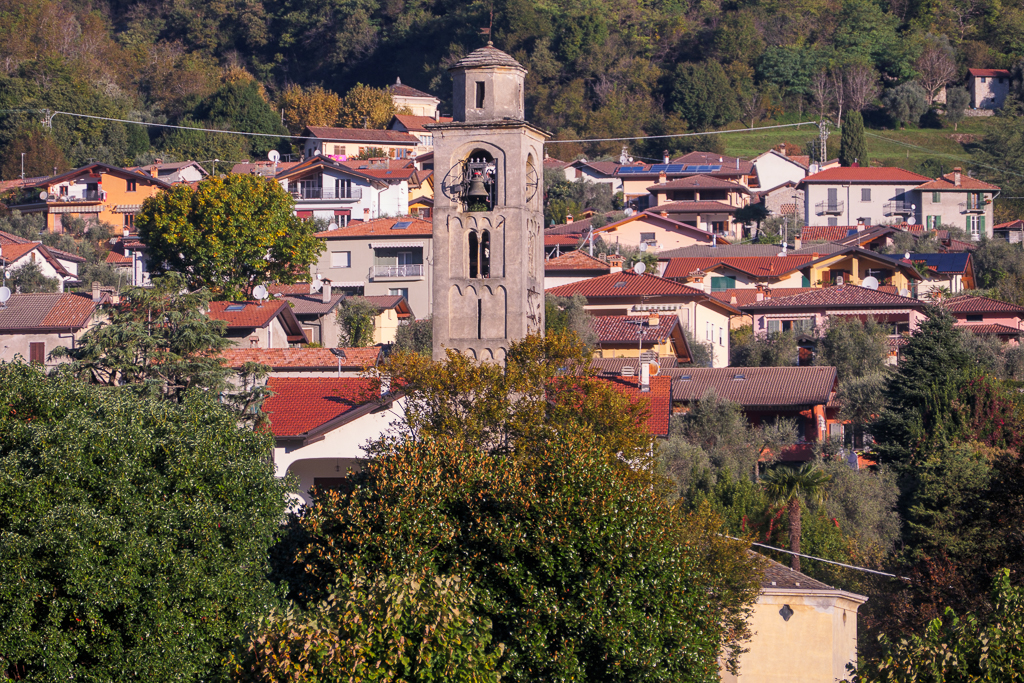
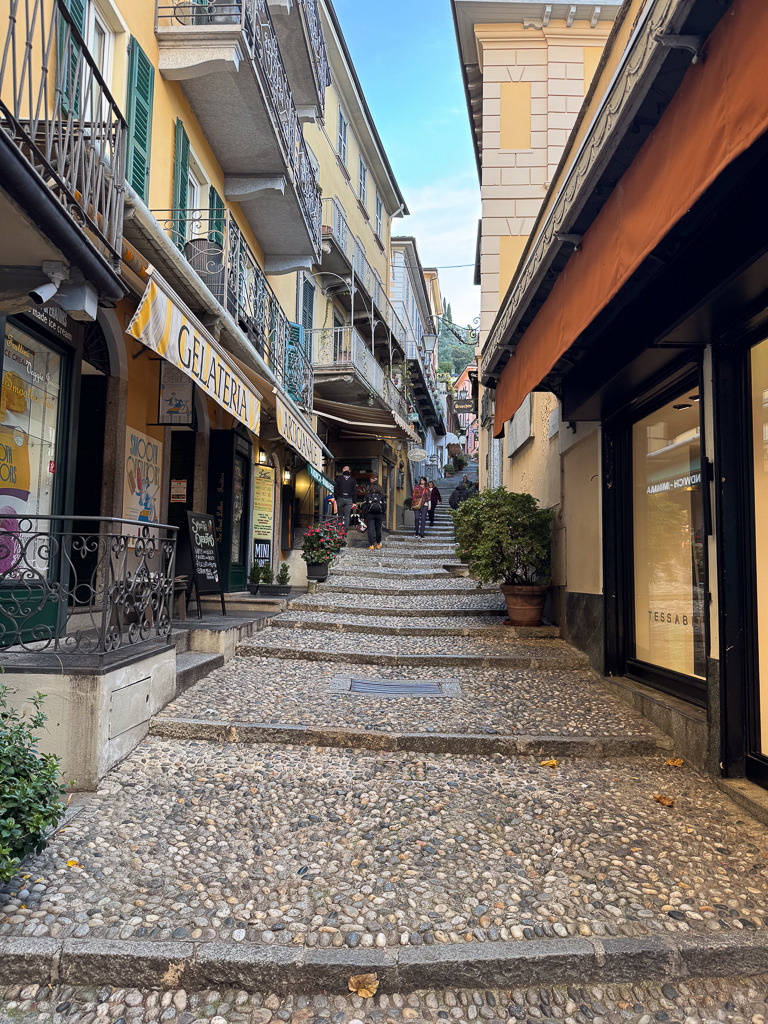
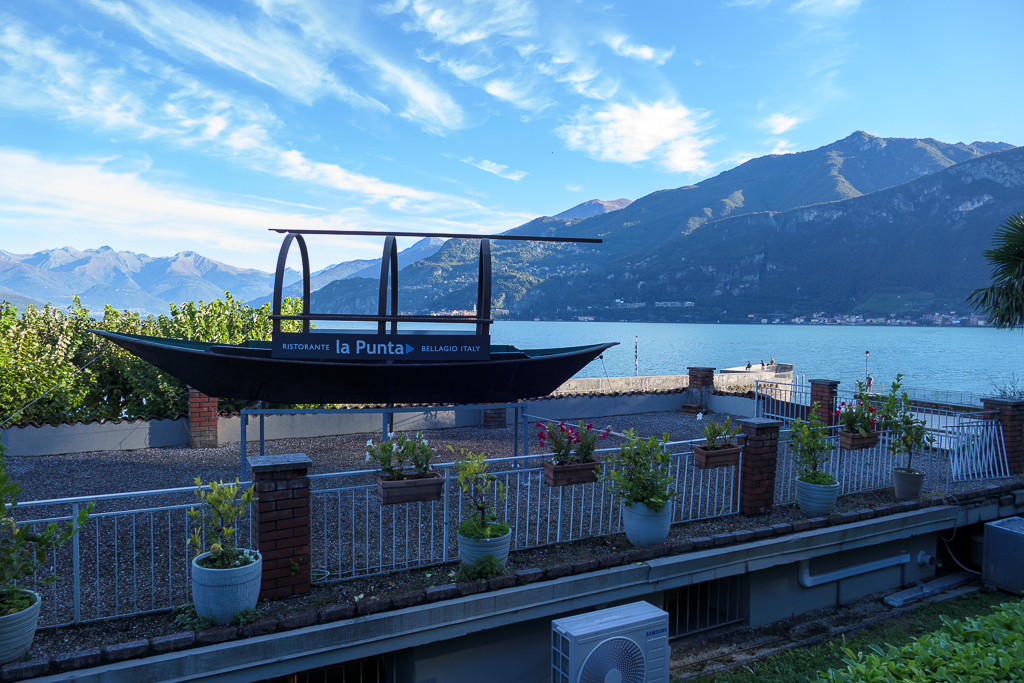

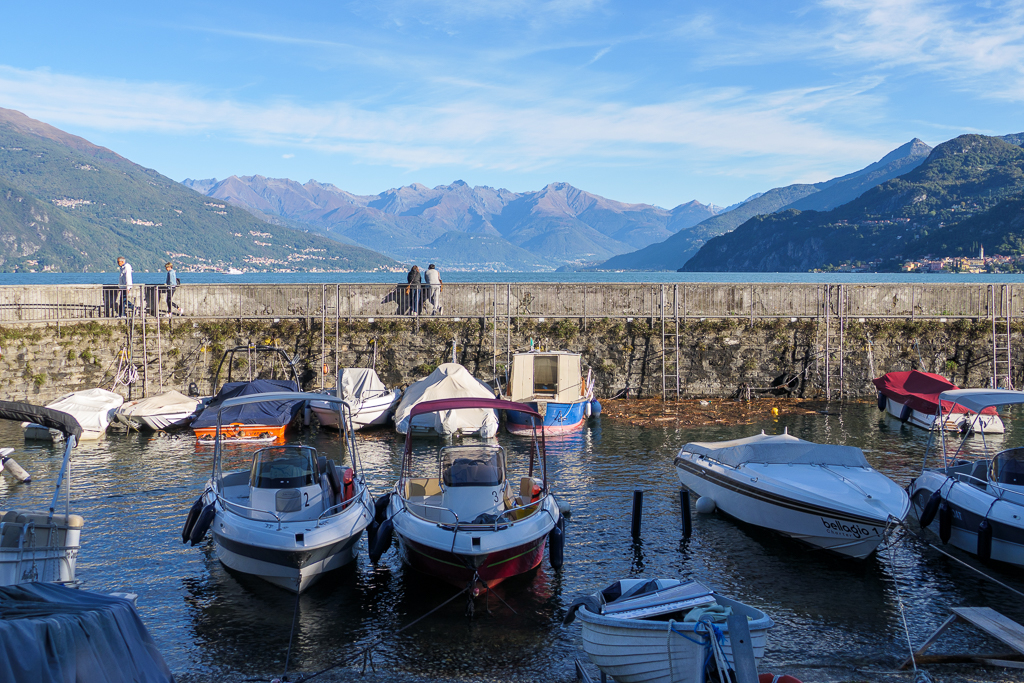





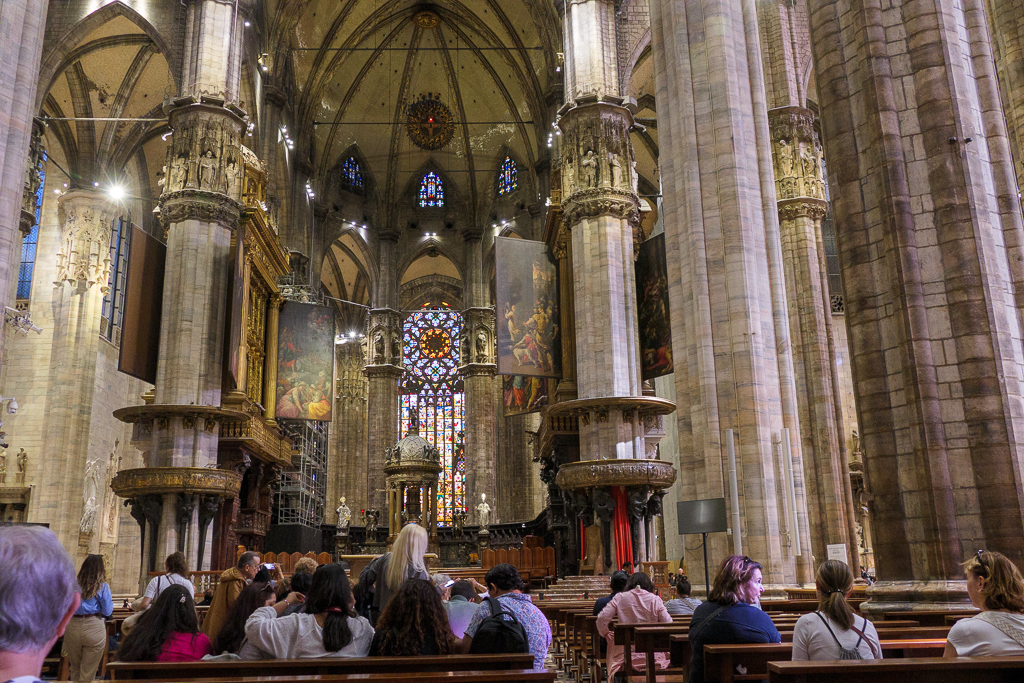
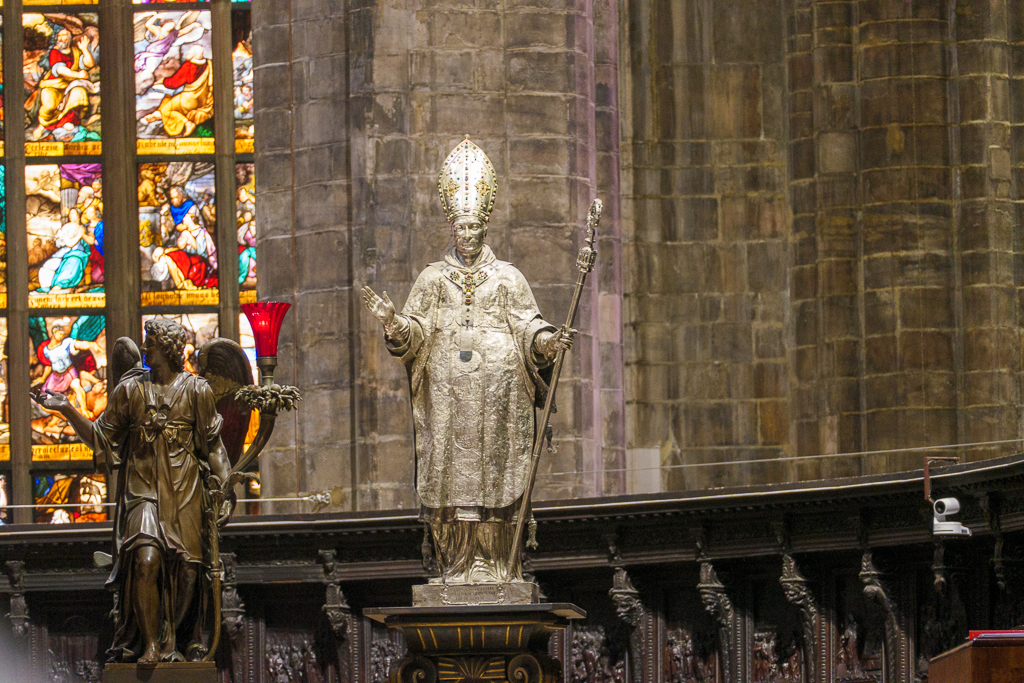


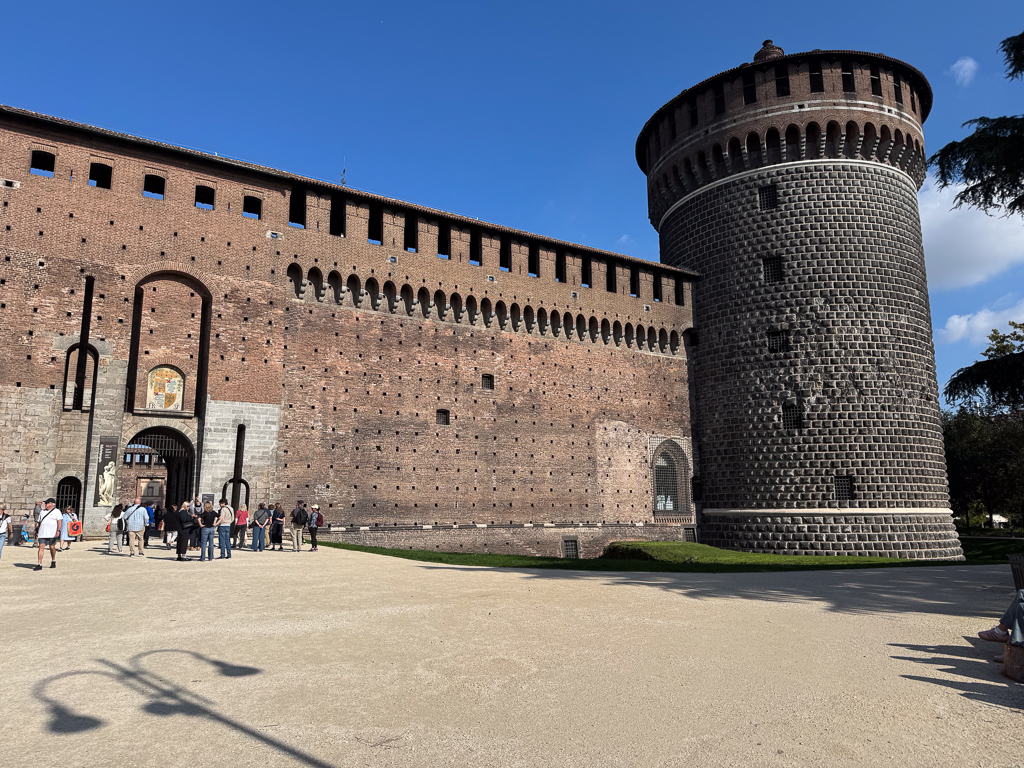


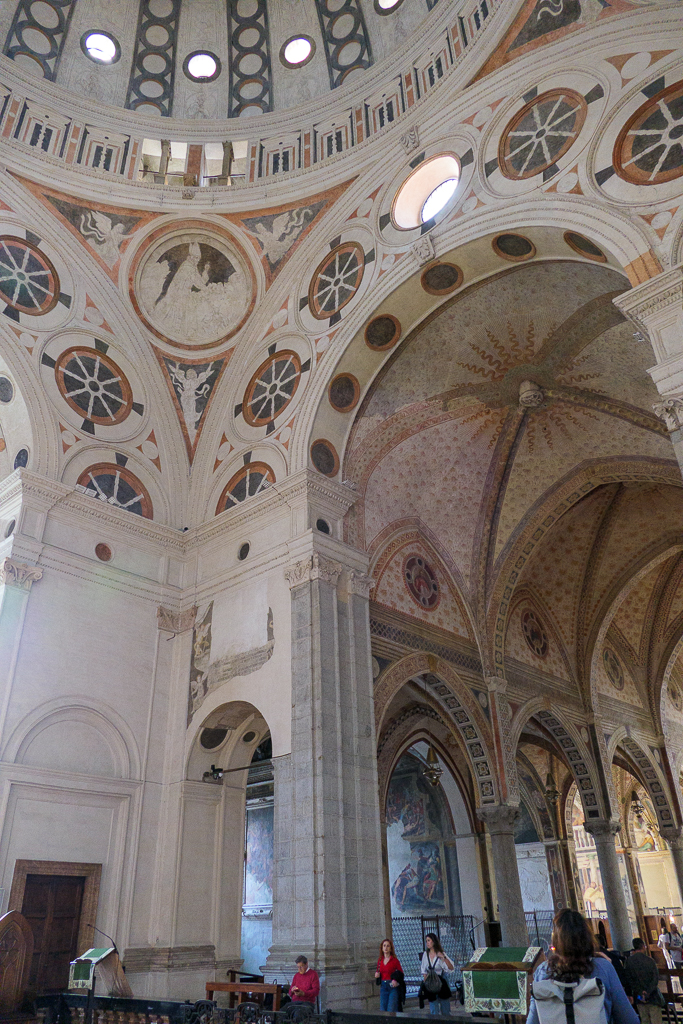



Tomorrow, we have Nothing Scheduled (though we have hopes of doing a La Scala tour). It will be lovely.
May you be inscribed and sealed for a good year!
Lake Lugano was beautiful this morning from our room!
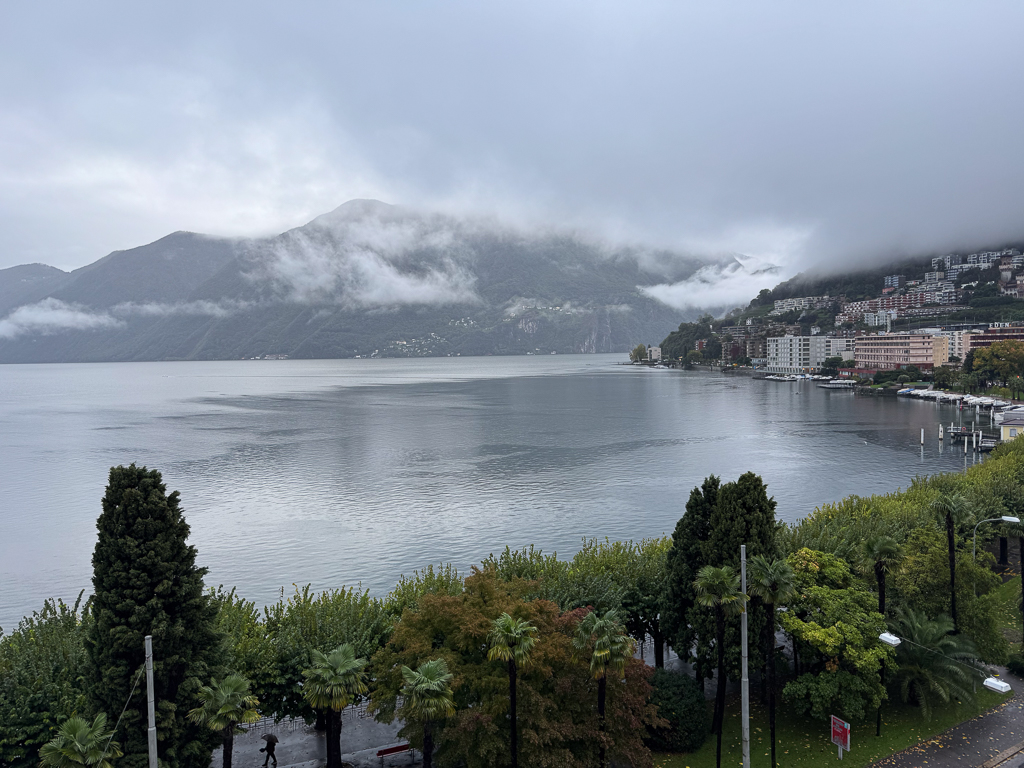
We spent most of the day touring the Verzasca Valley and the city of Ascona, both in Upper Ticino. The captions on the photos will have to speak for themselves.
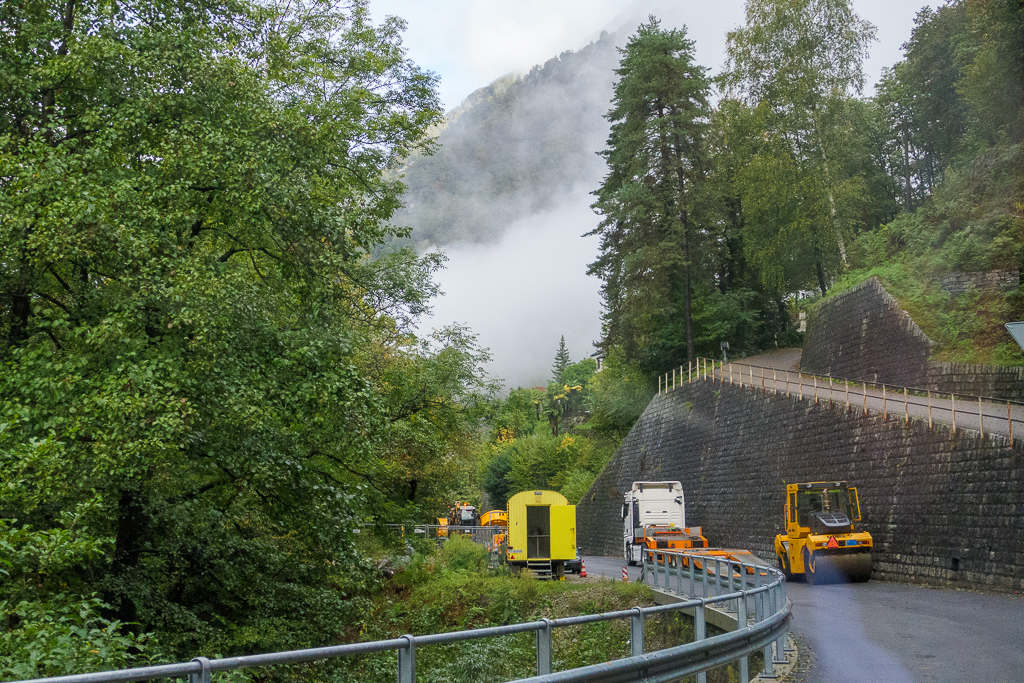
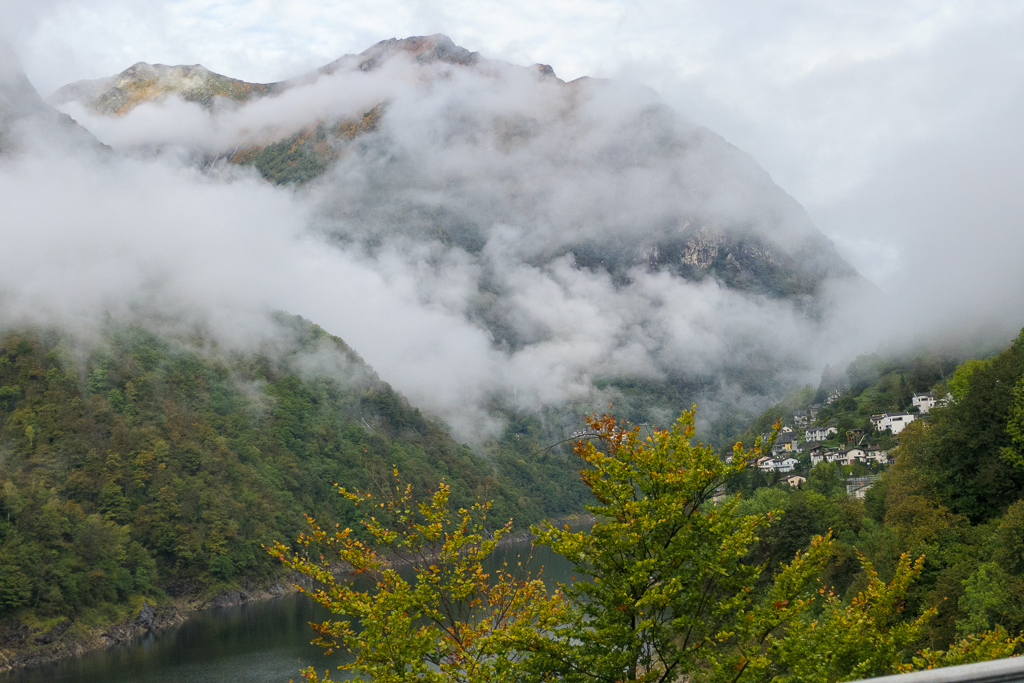
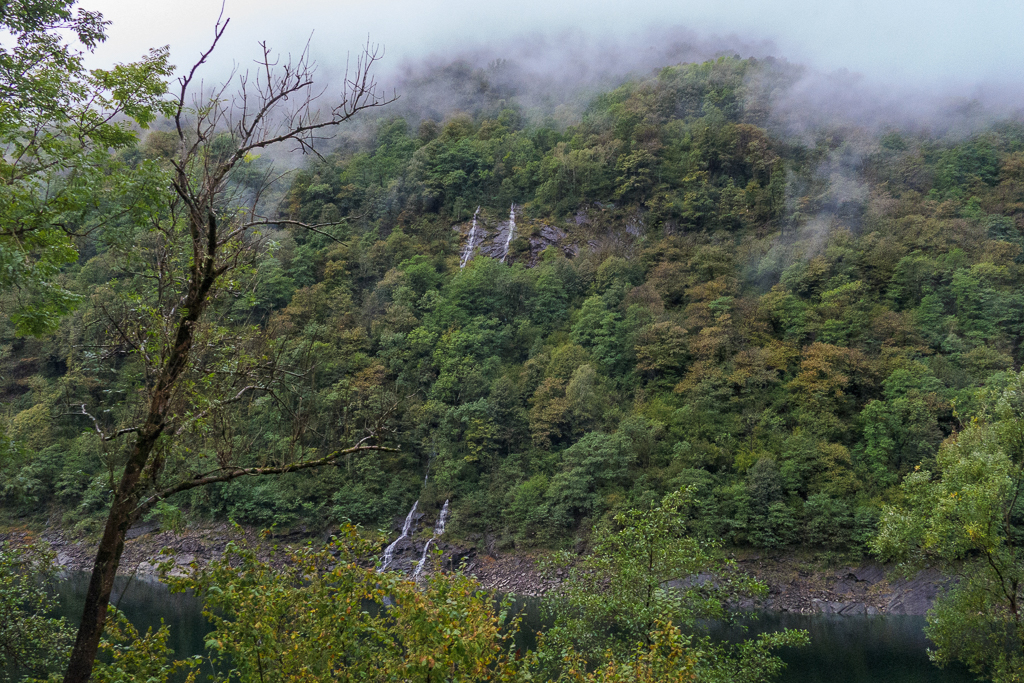
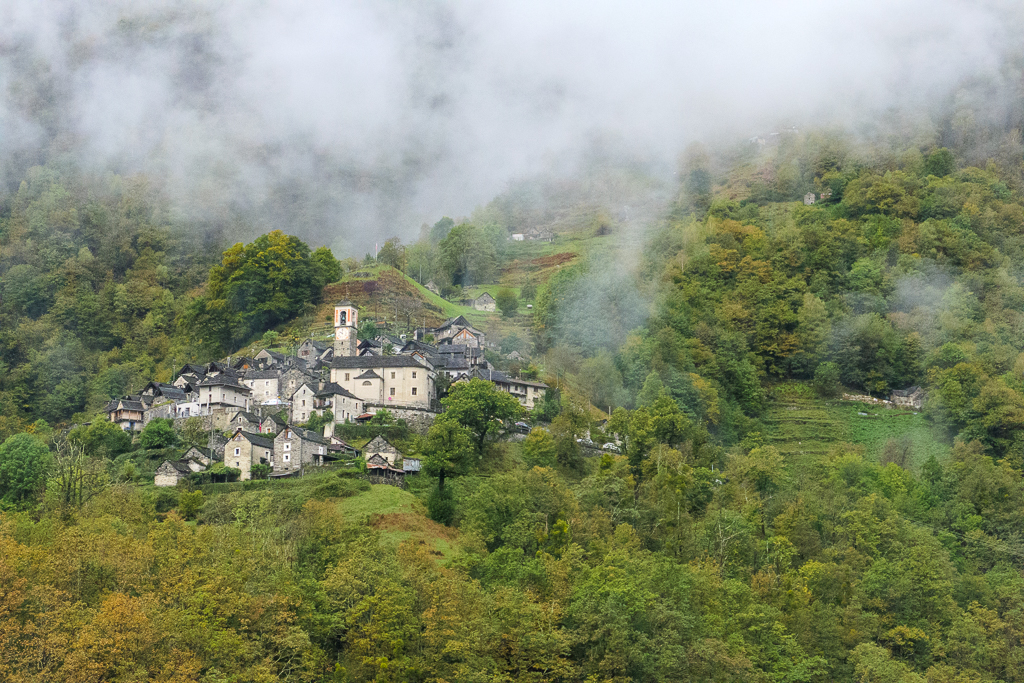
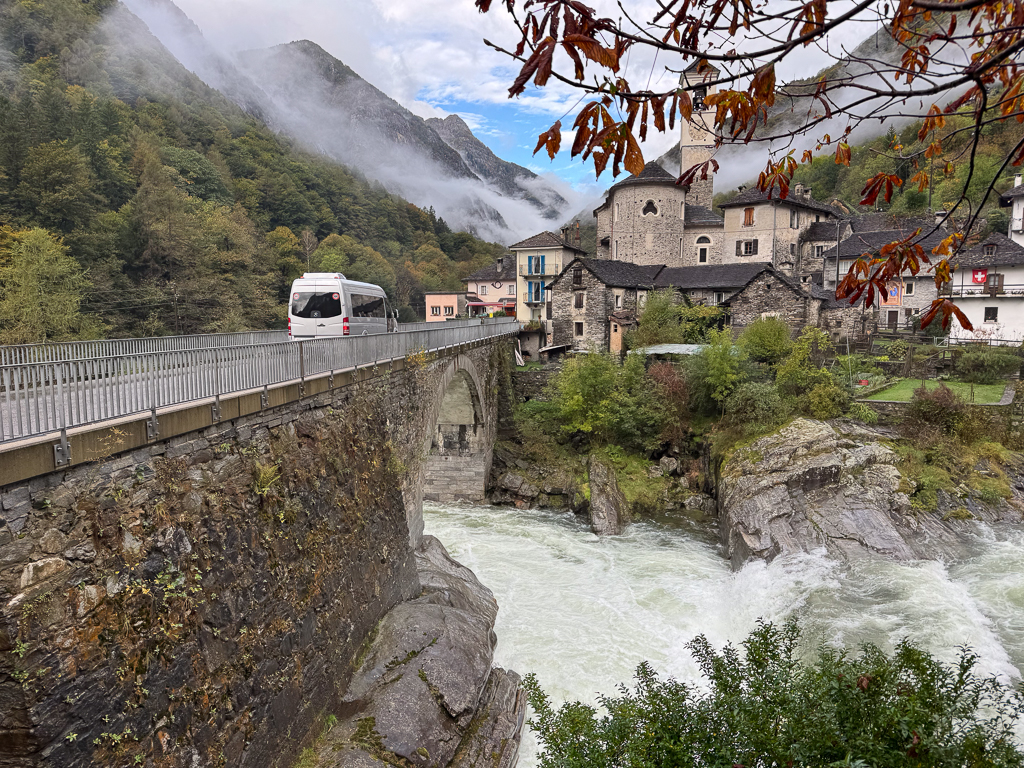
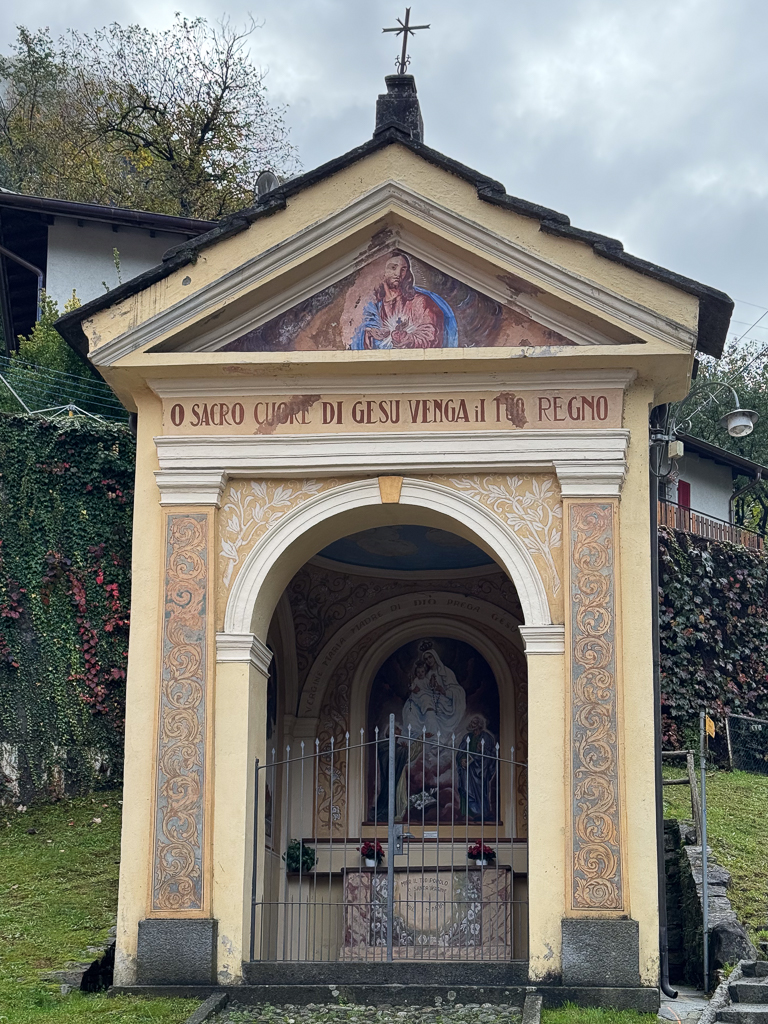
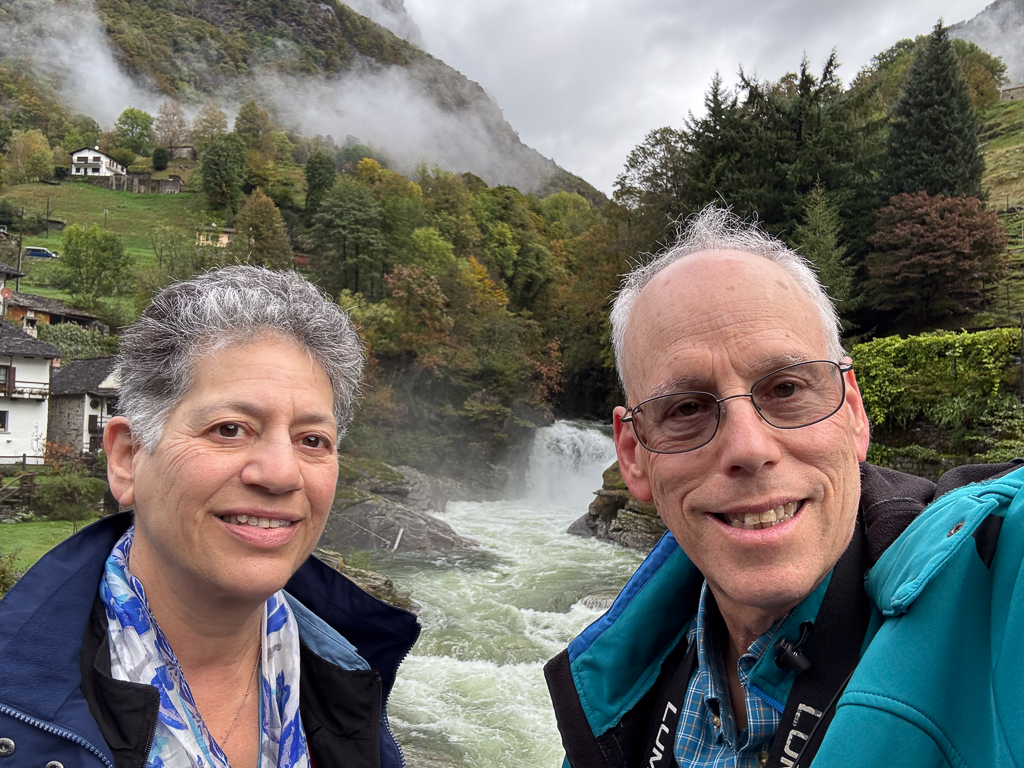
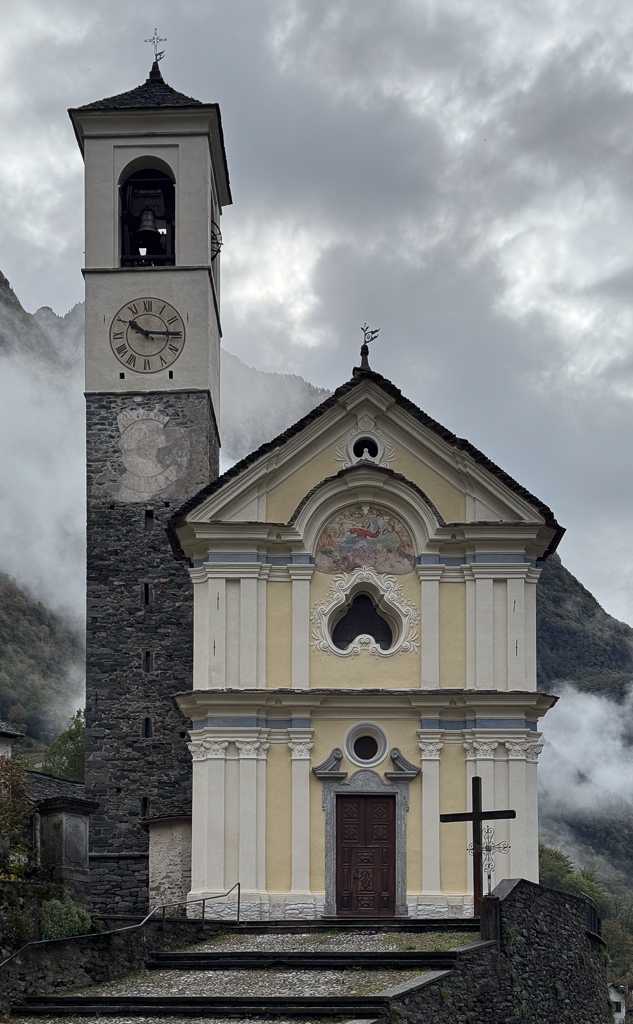
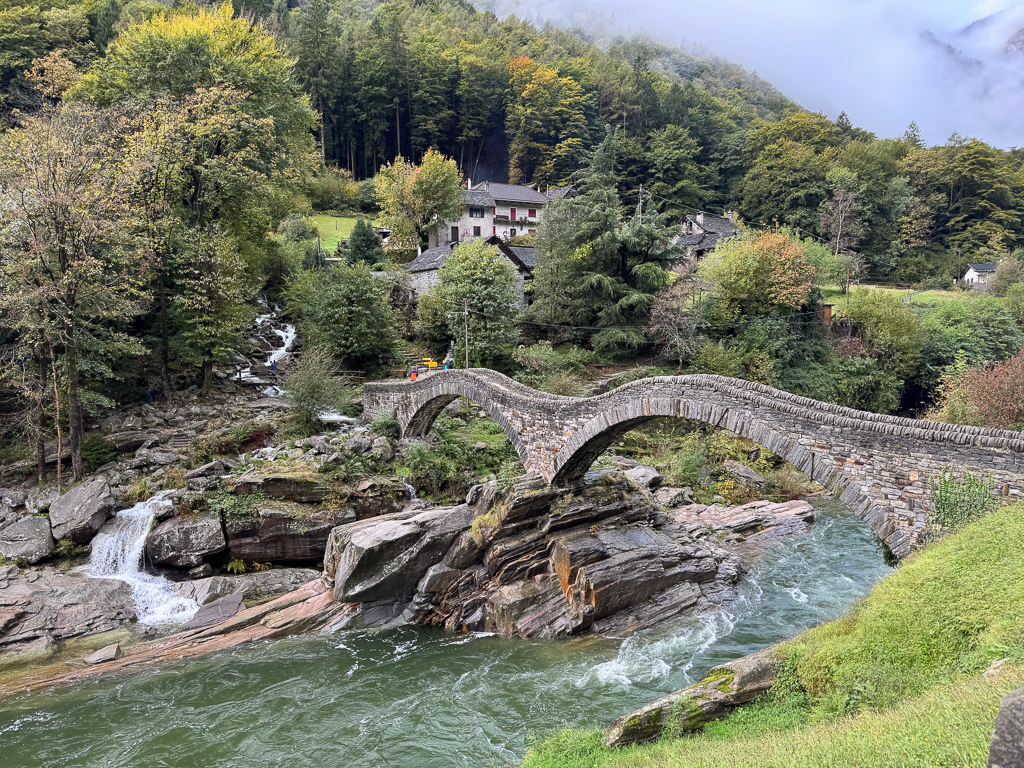
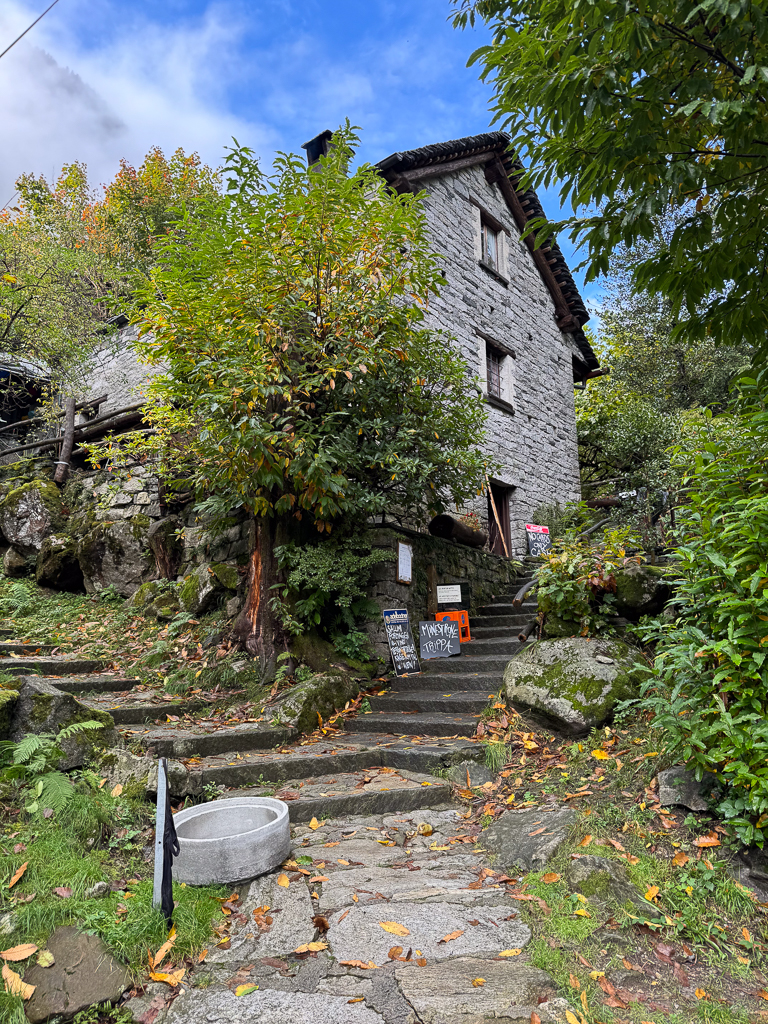
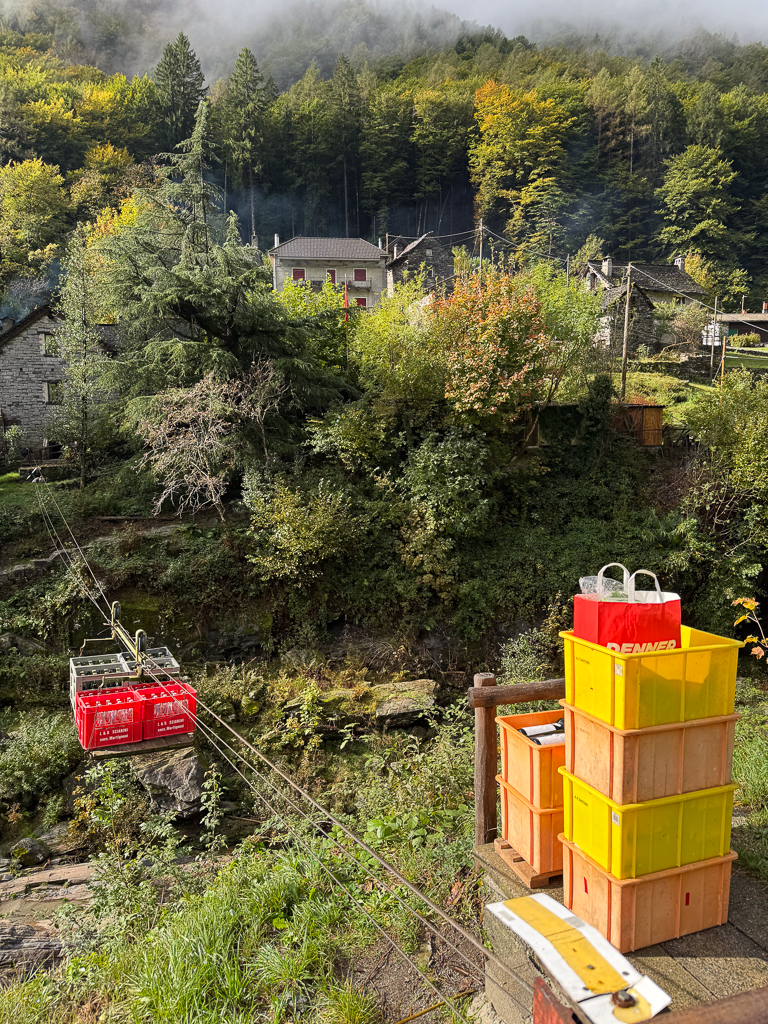
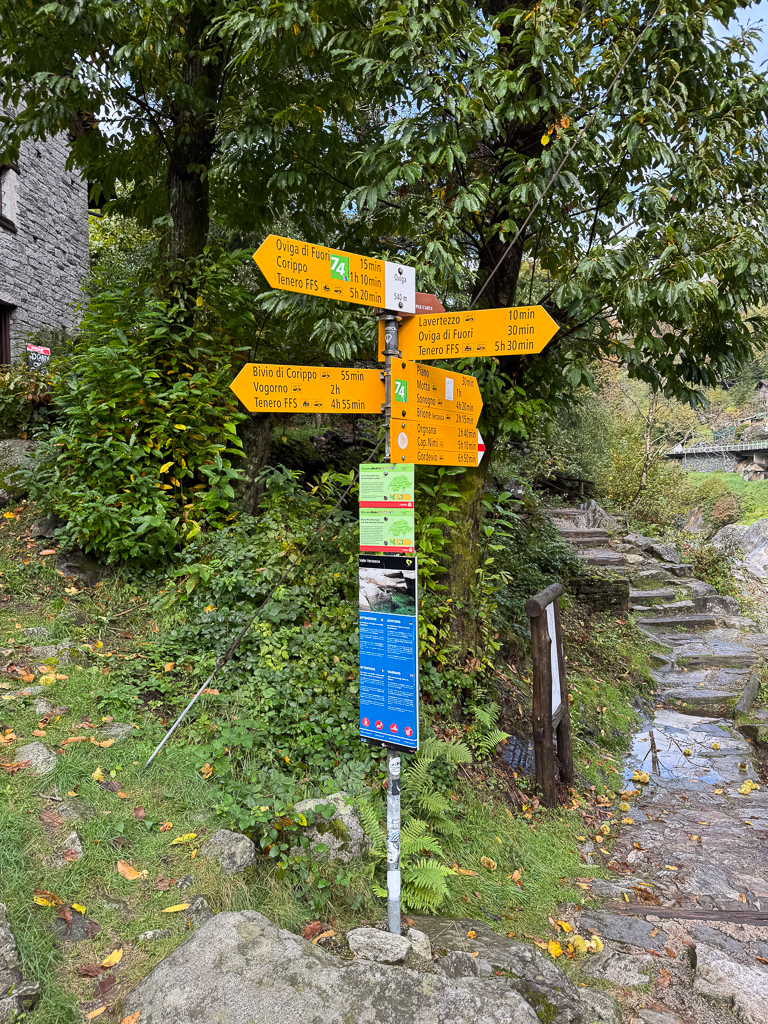
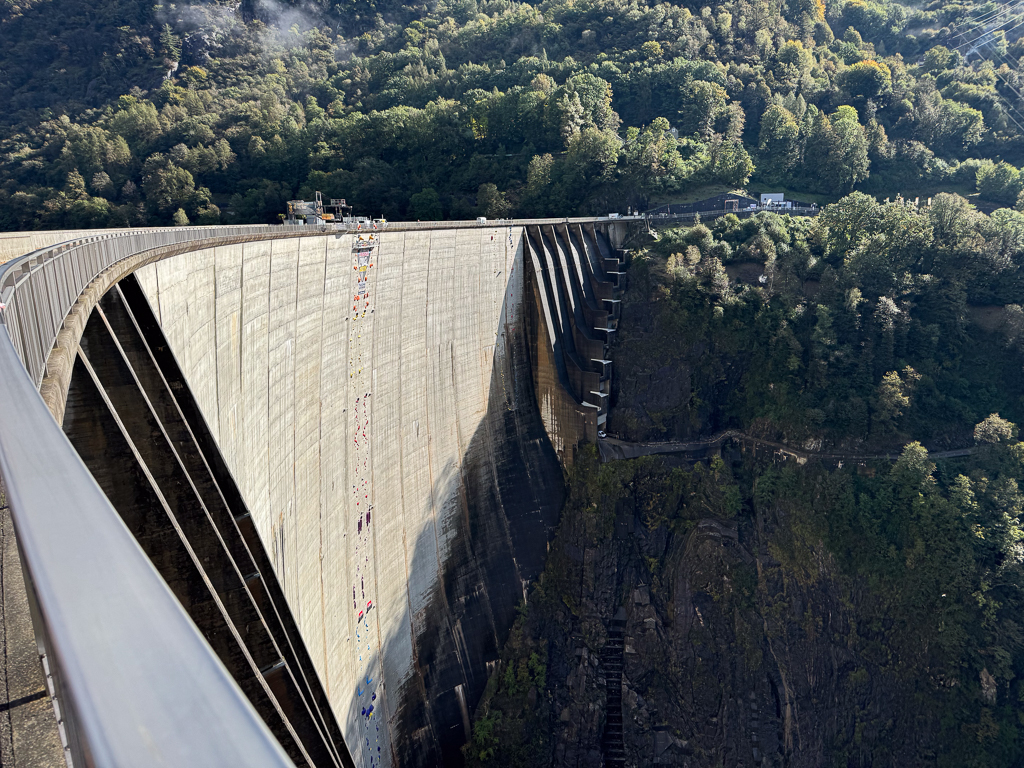
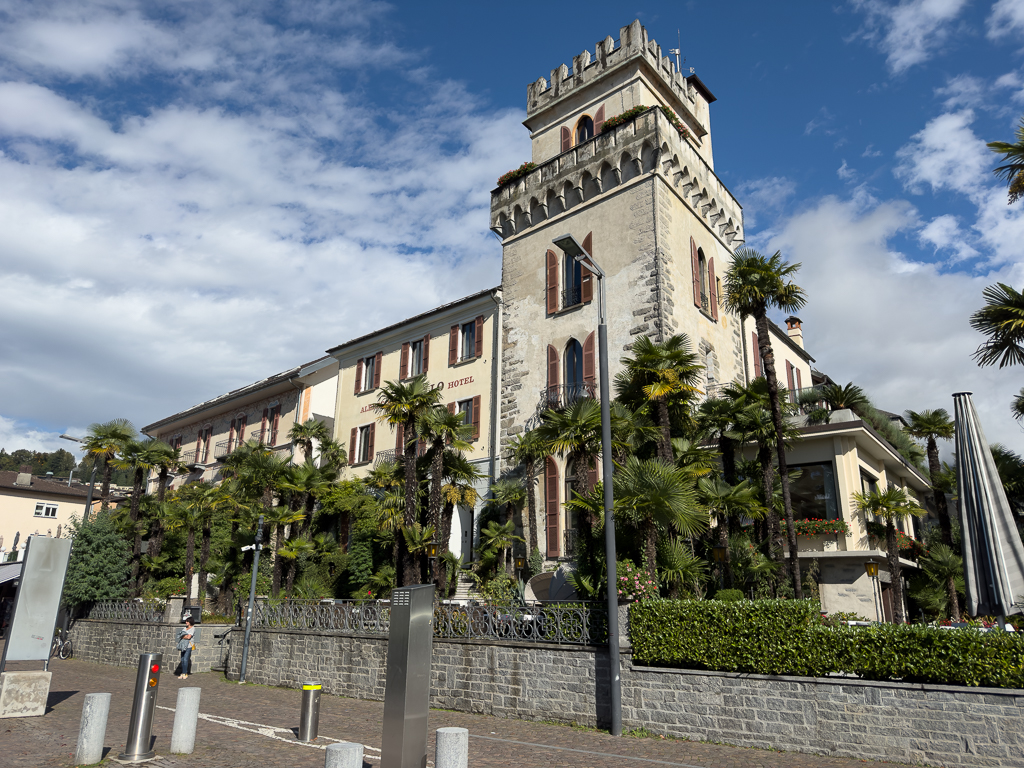
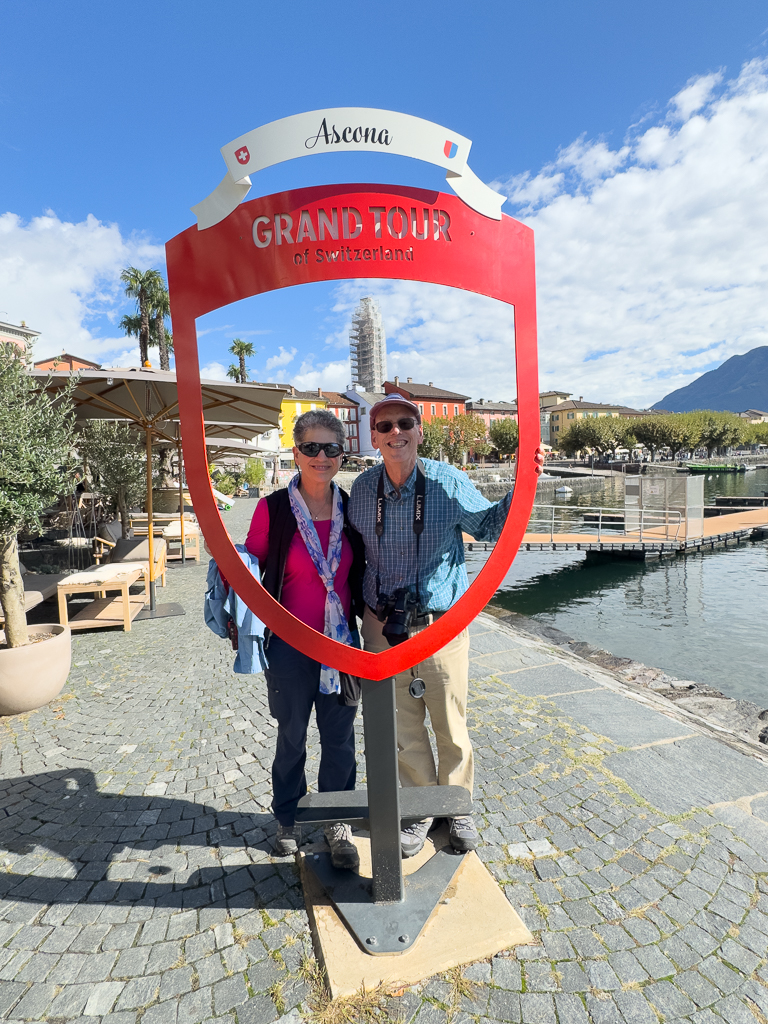
After the tour, we had a little time for a funicular trip to the top of Monte San Salvatore to enjoy the view and visit the church at the top of the mountain.
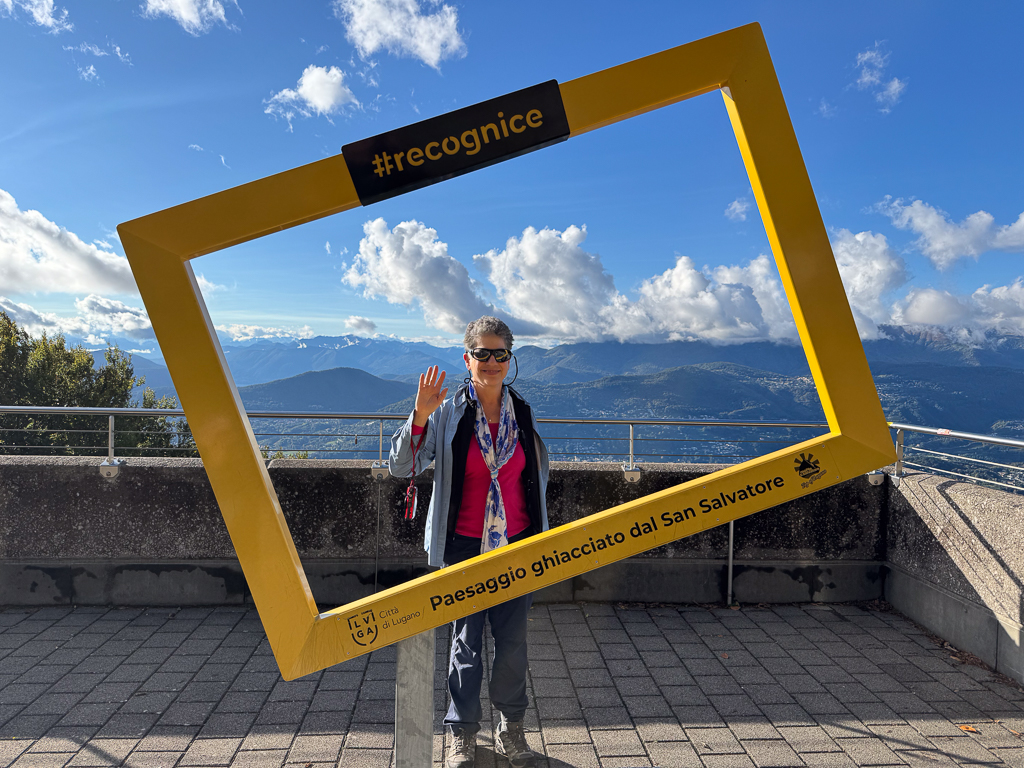
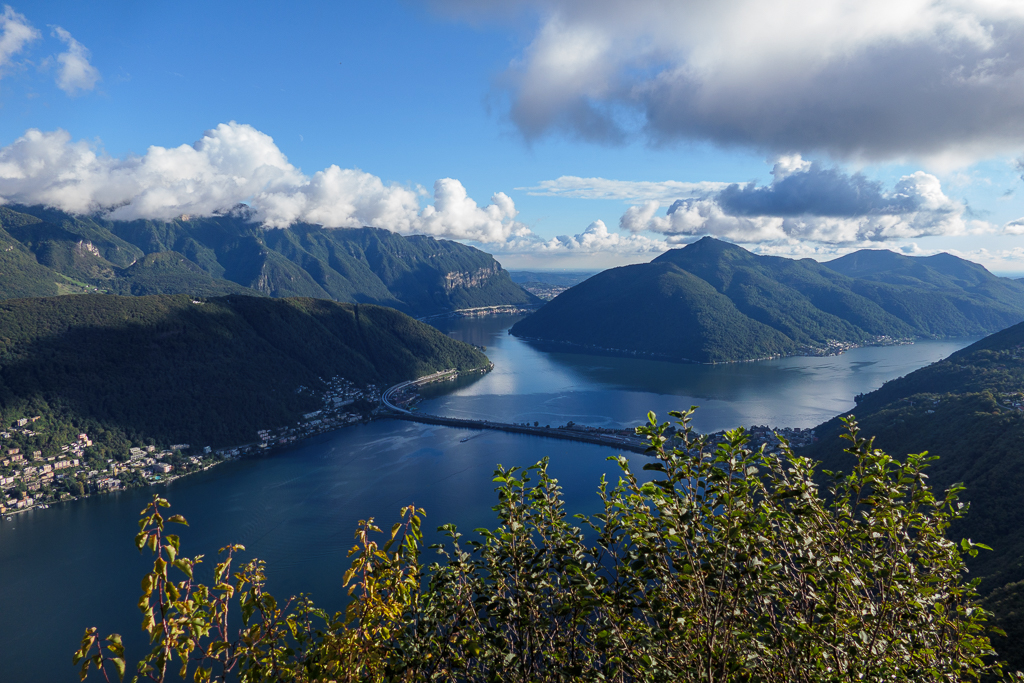
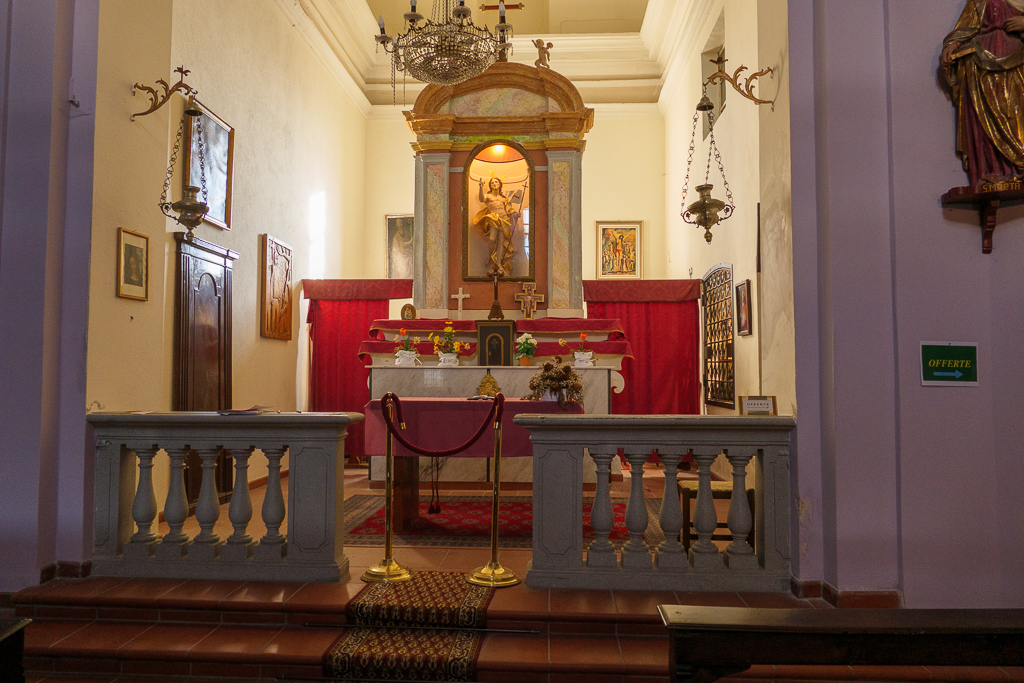
And now we’re back at the hotel, preparing for a very early departure tomorrow. Ciao!